Levi’s® and Barbie Ferreira Partner on New Capsule Collection
Barbie Ferreira has won the hearts of fans throughout the world as an incredible actress, creative force and style icon. Since its founding in 1853, the Levi’s® brand has created some of the most iconic jeans and garments by approaching new designs with daring perspectives. As part of their continued partnership, the Levi’s® brand and Barbie combined their creative vision on a new capsule collection that utilizes a recurring bunny doodle hand drawn by artist and best friend, Ben Evans.
With a strong point of view on styles, fit, and color, Barbie worked closely with the Levi’s® design team to capture her vision for the collection. The Levi’s® x Barbie Ferreira capsule collection includes an oversized Long Dress Coat, crafted from washed black denim, with Ben’s doodles printed on the piping along the interior seams. The collection’s Lace-Up Corset, with lace-up details in the front and smocking in the back to allow for an adjustable fit, can be paired with the Lace-Up Flare Jean, a mid-rise flare with lace-up details at the side hips and a back-patch emblazoned with Ben’s’ bunny drawing. Bottoms also include a pair of ‘90s 501® Jeans, featuring an allover graphic bunny print made with a bleach splatter effect, and a chartreuse pleated skirt with a raw, distressed hem. For tops, the collection also offers a Second Skin Top, a tight mesh long sleeve shirt with a ‘90s amoeba style print and thumb holes, and an Oversized Bunny Tee, a relaxed black tee with a glow-in-the-dark bunny graphic. To top it all off, the collection offers the matching reversible Tulip Hat, made with chartreuse denim on one side and the ‘90s amoeba style print on woven fabric on the other.
“This collection was inspired by my love for beautiful scenes and creating a story with my everyday wardrobe. I wanted to play silhouettes that are reminiscent of costuming from my favorite movies. It was important for me that the collection lived somewhere between a dark fairytale and a nostalgic dream,” said Barbie about the collaboration.
To bring the campaign to life, Barbie turned to her longtime collaborator and friend, Petra Collins, to execute her vision. Petra Collins is a multi-talented artist and director whose distinct style of new-wave feminist photography is known for elevating the subject with rich textures and unique lighting. After closely planning the creative execution, Barbie and Petra orchestrated a special photoshoot that beautifully captures Barbie in the collection with Petra’s other-worldly visual touch.
Shop the The Levi’s® x Barbie Ferreira capsule collection HERE and in Sandton and V&A stores.
Press release courtesy of The Bread
For more news, visit the Connect Everything Collective homepage www.ceconline.co.za

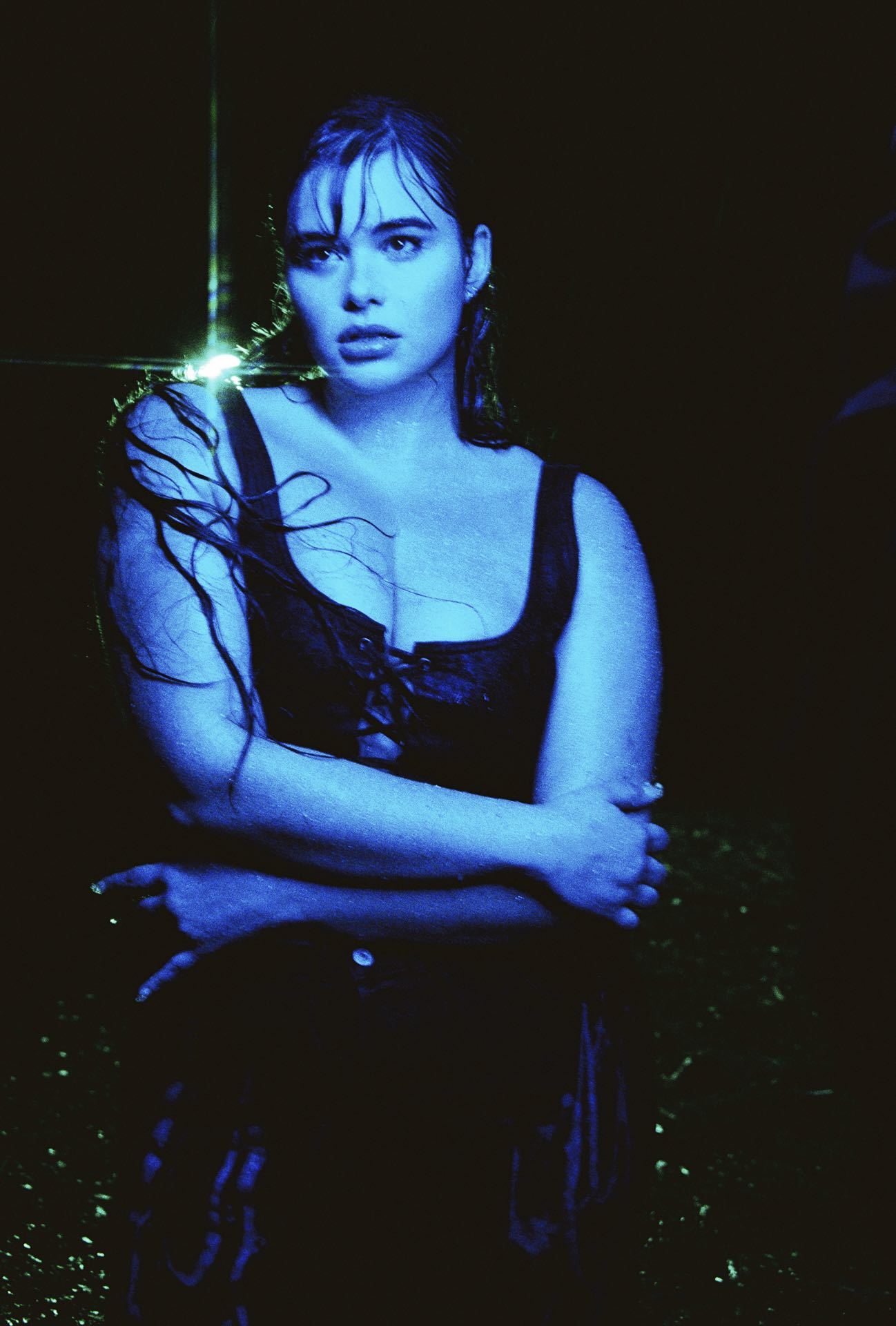
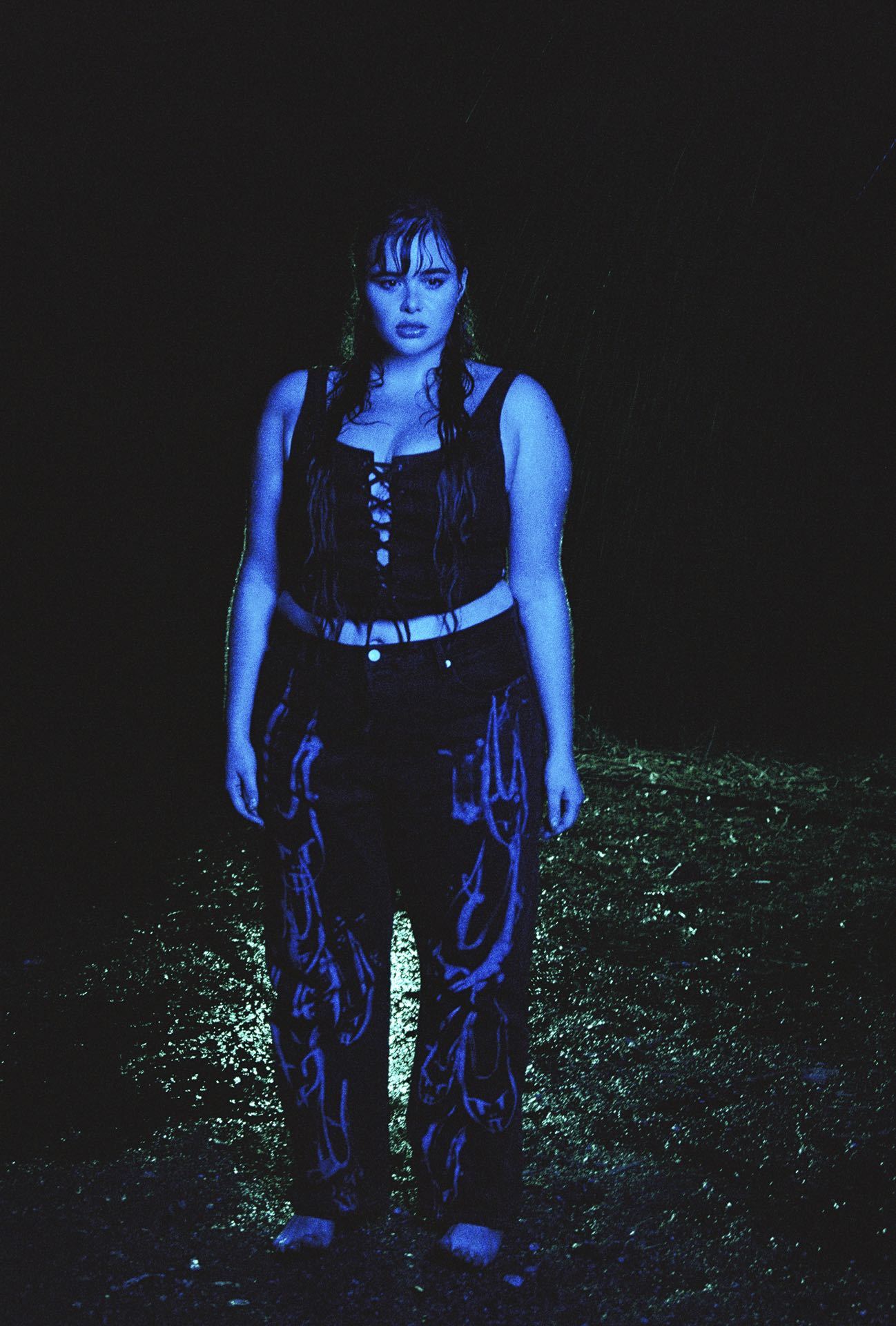
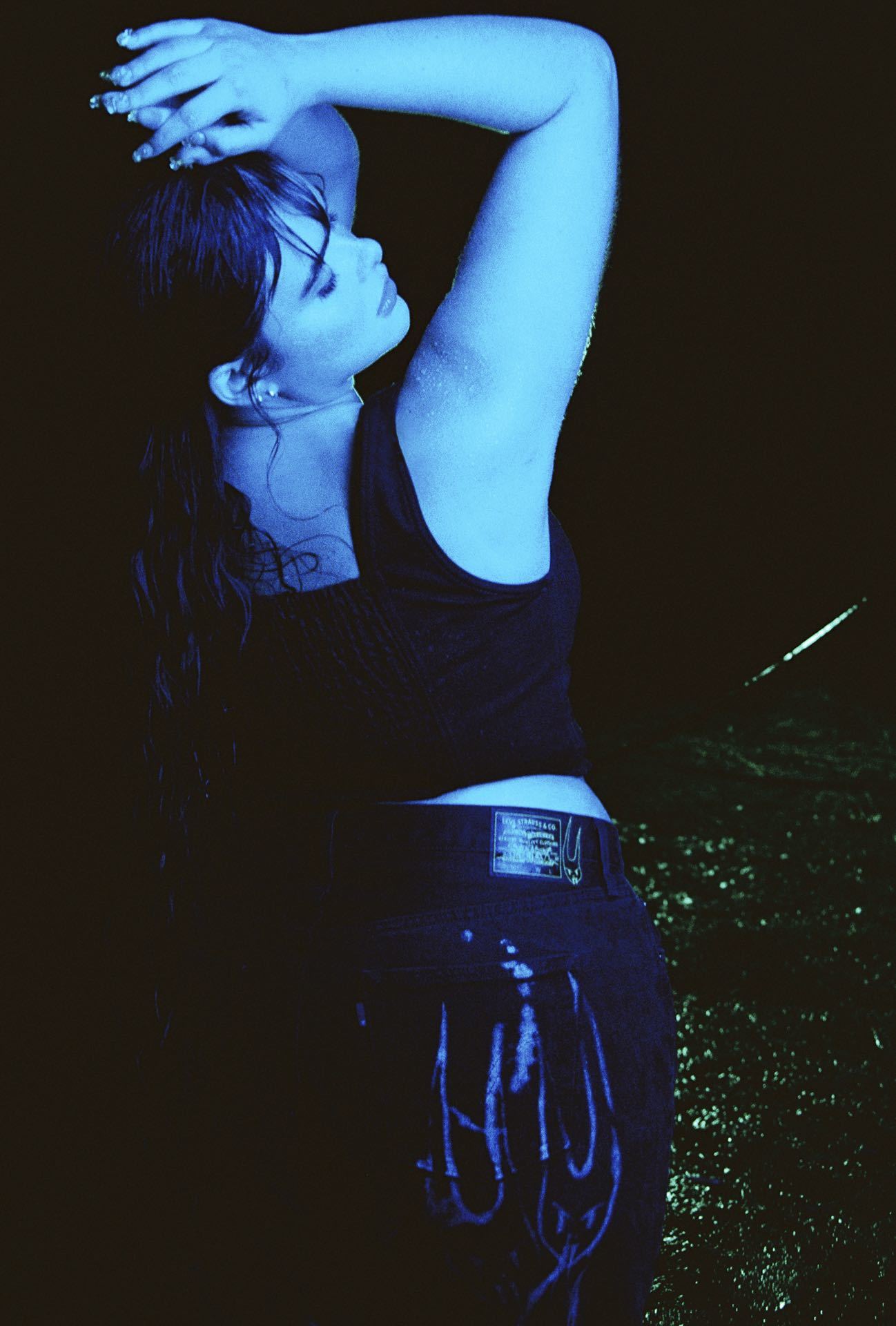
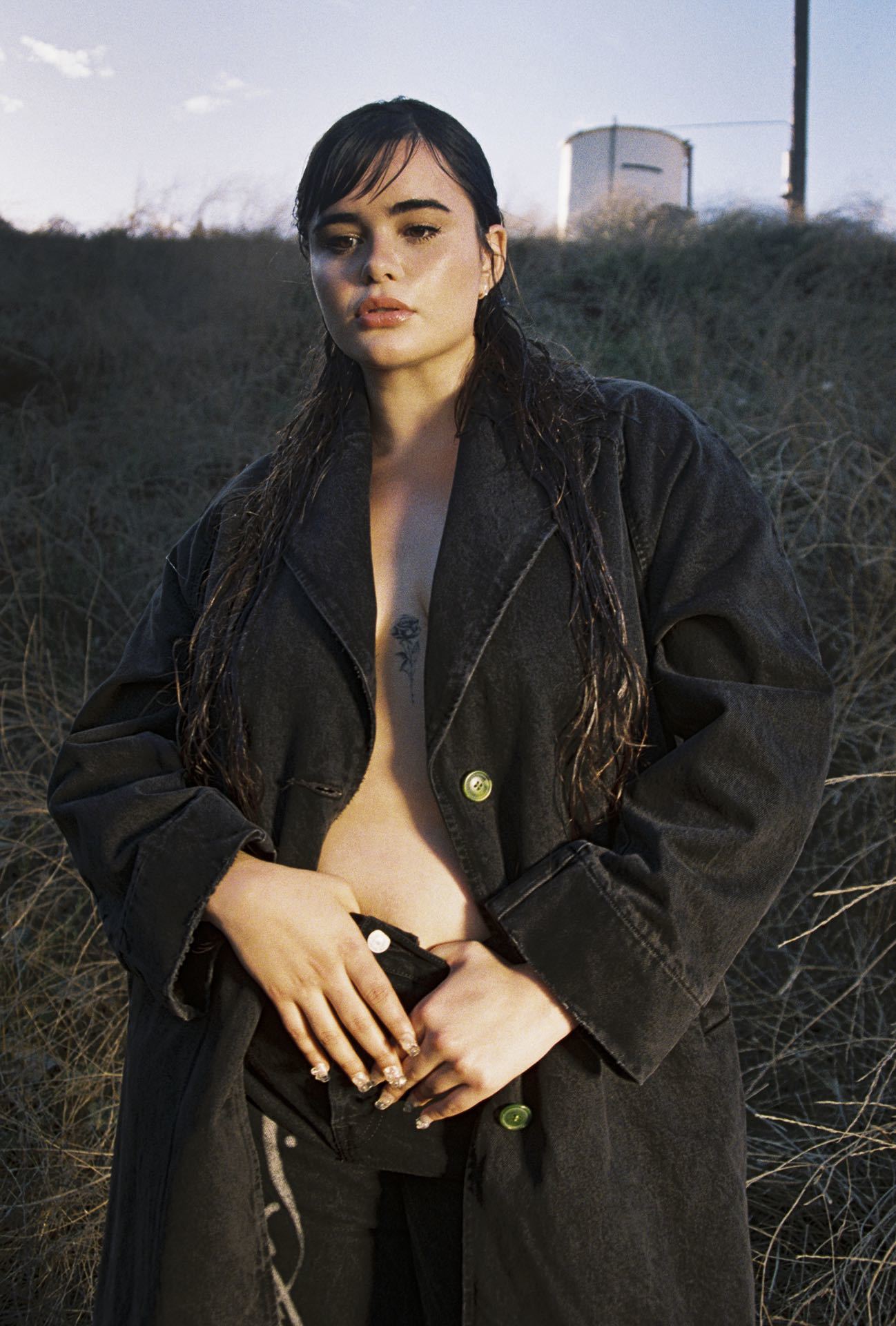
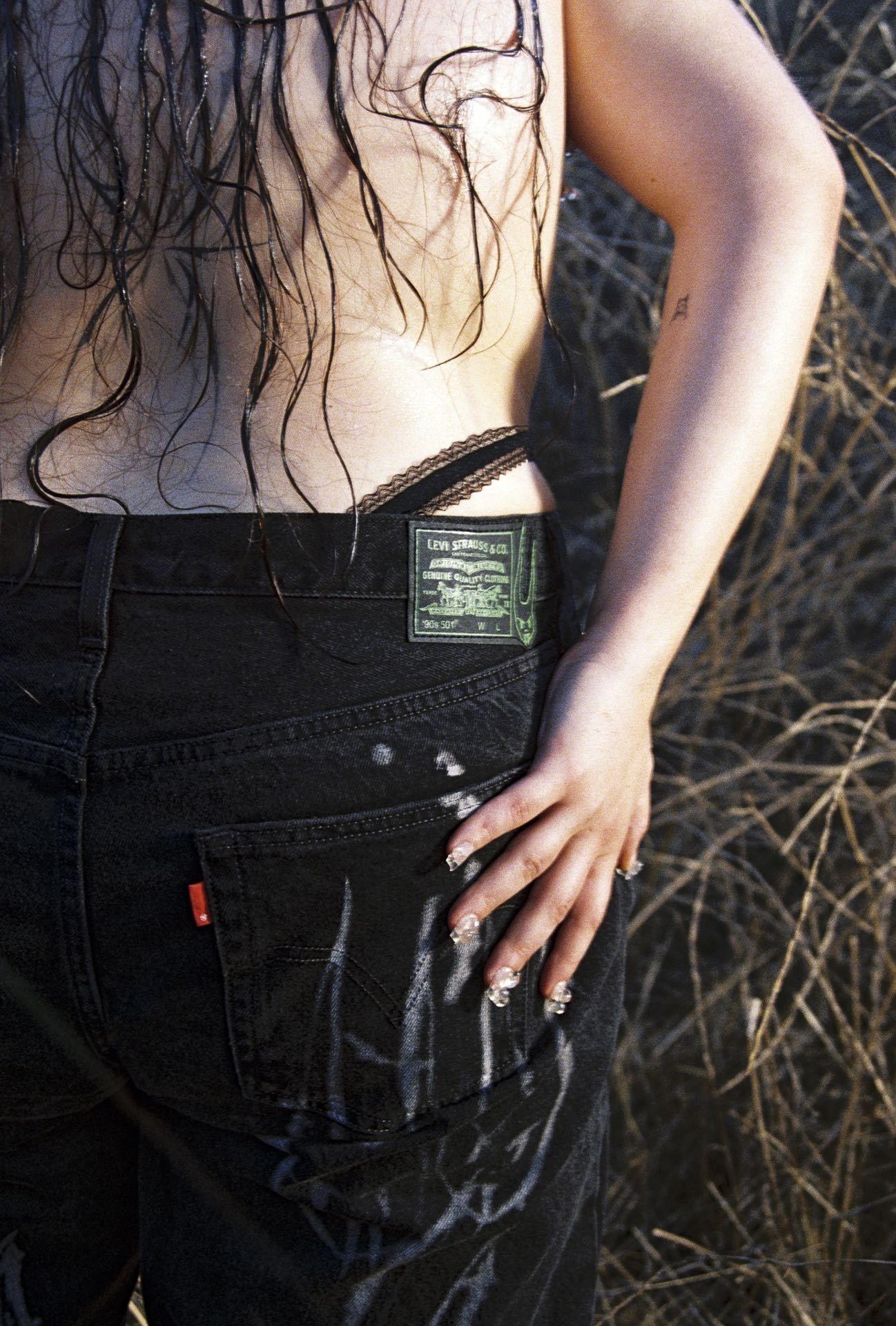
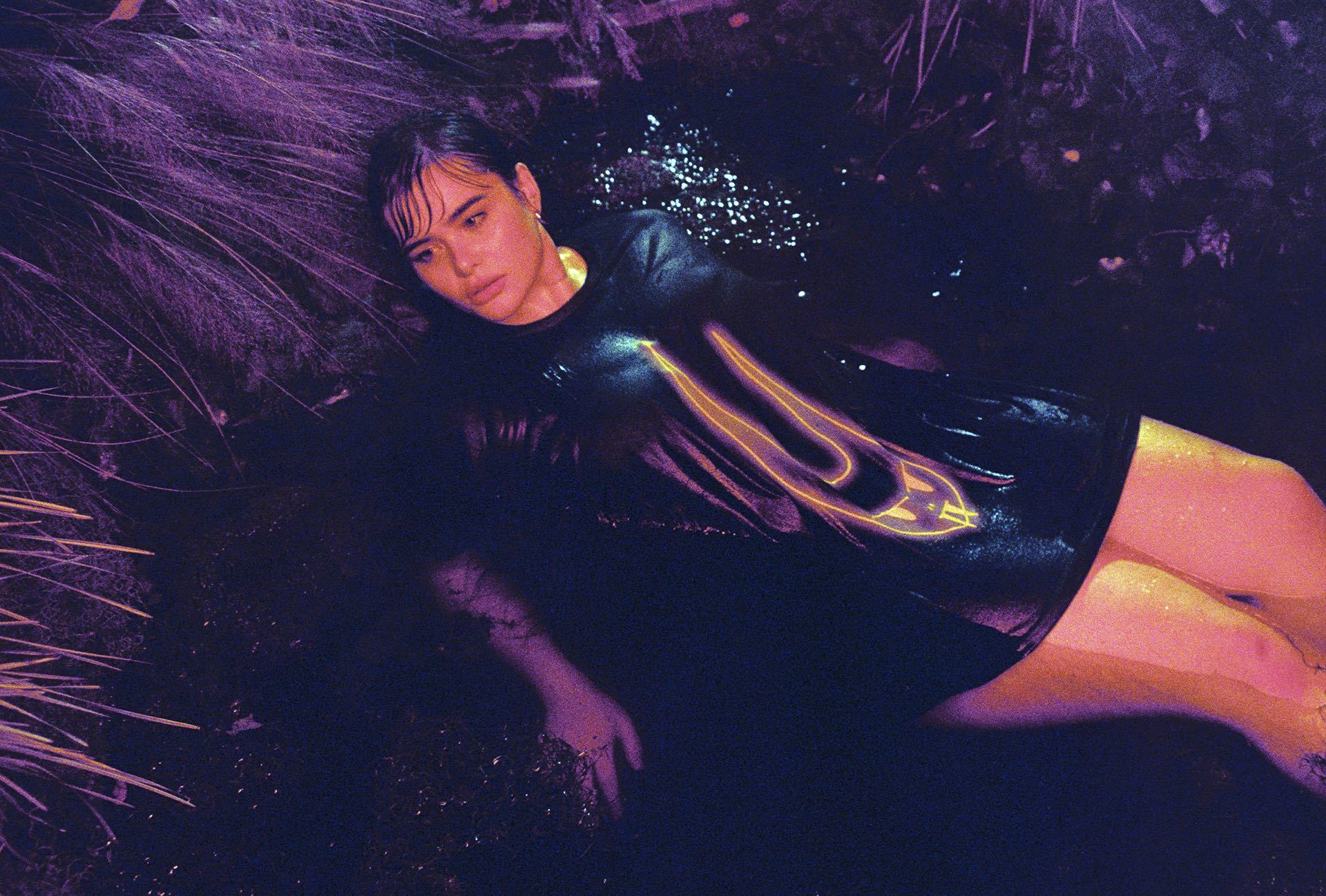
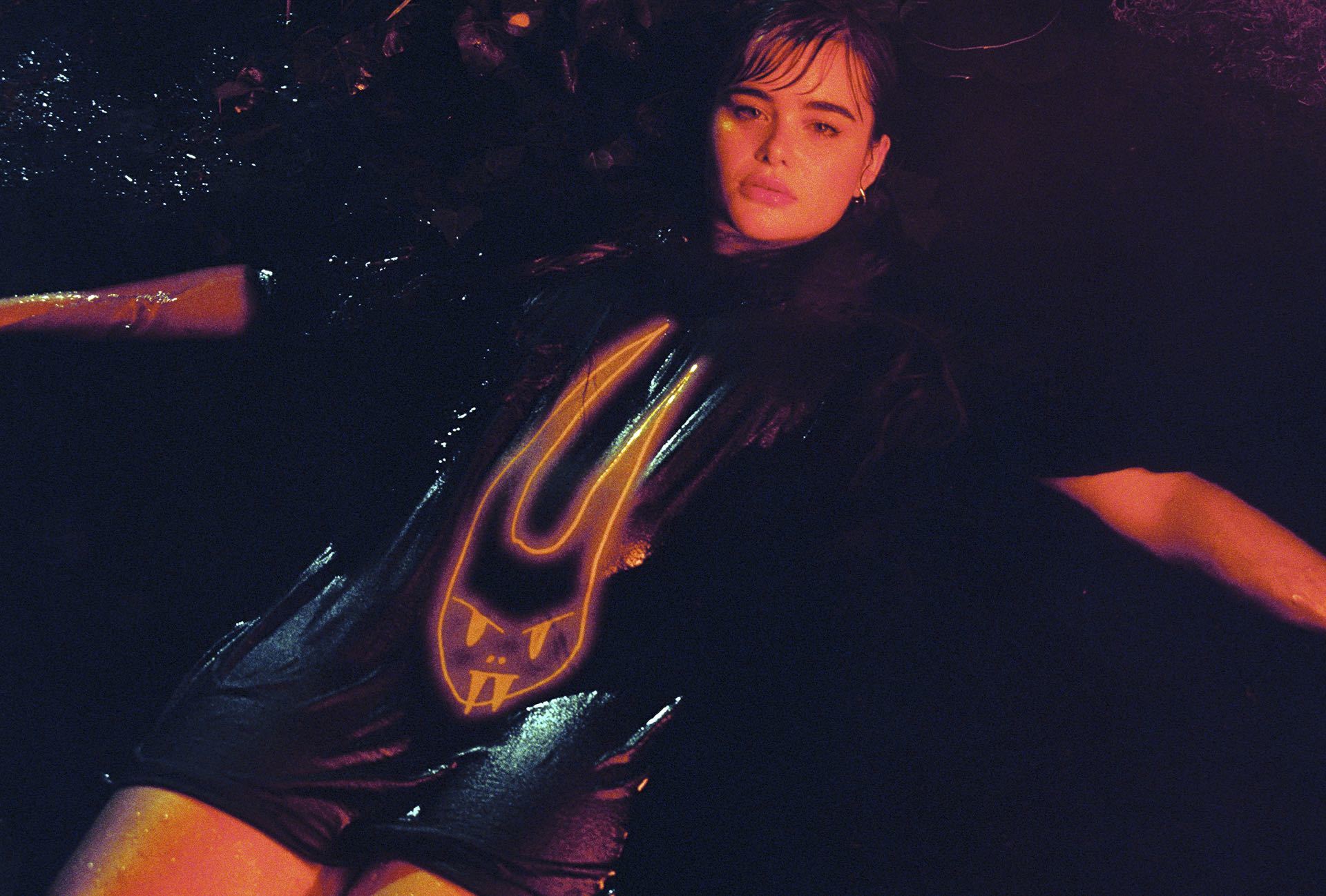

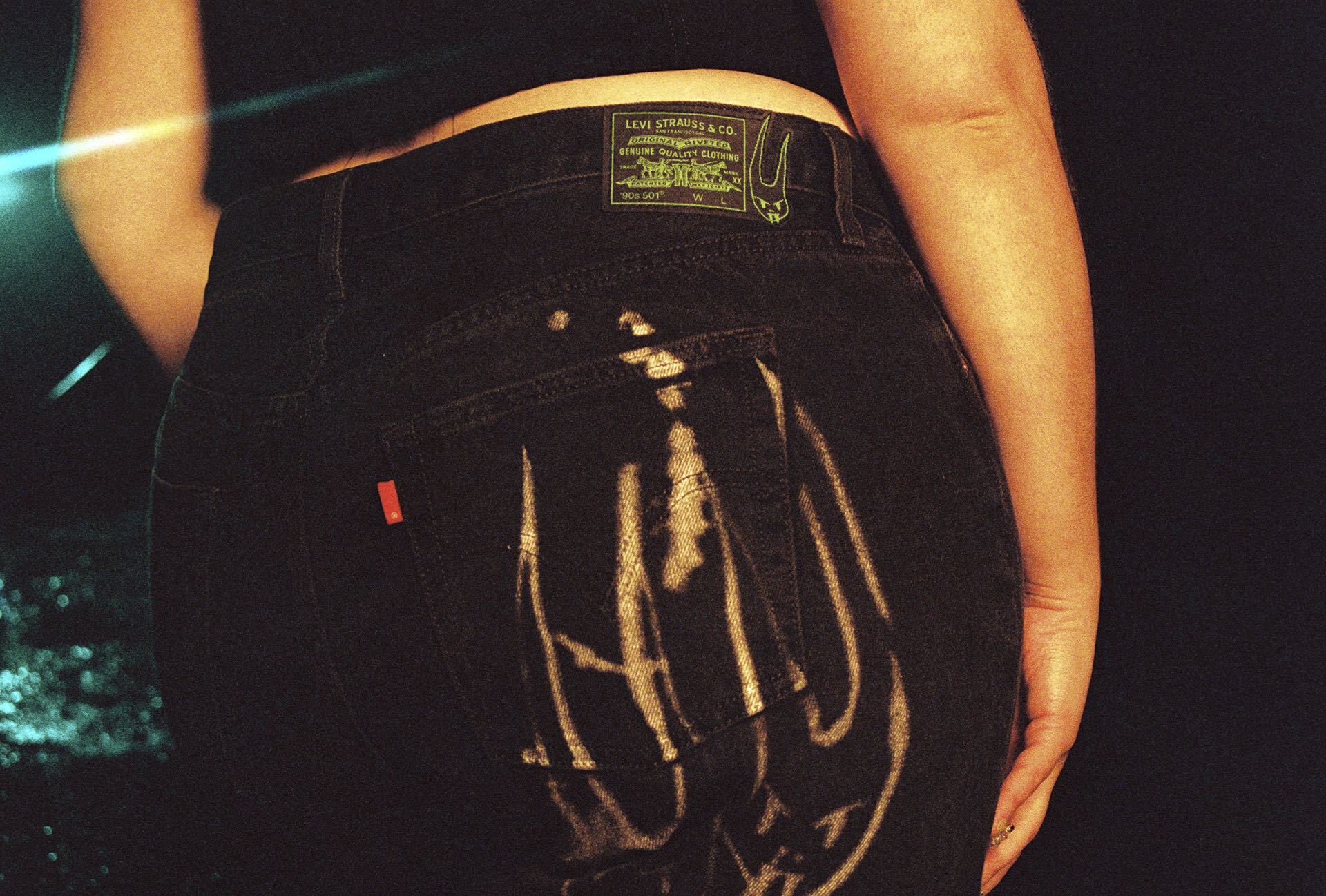
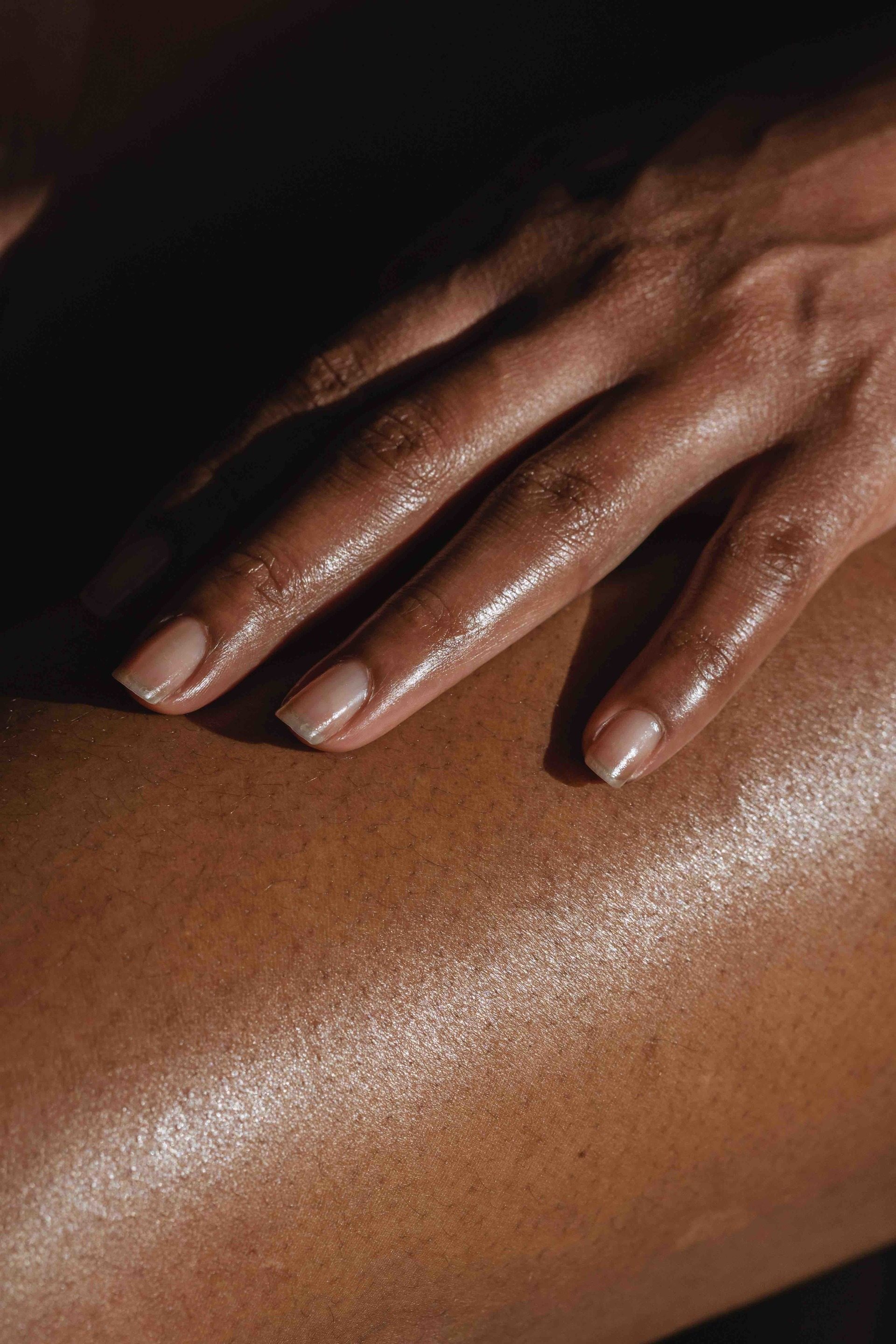
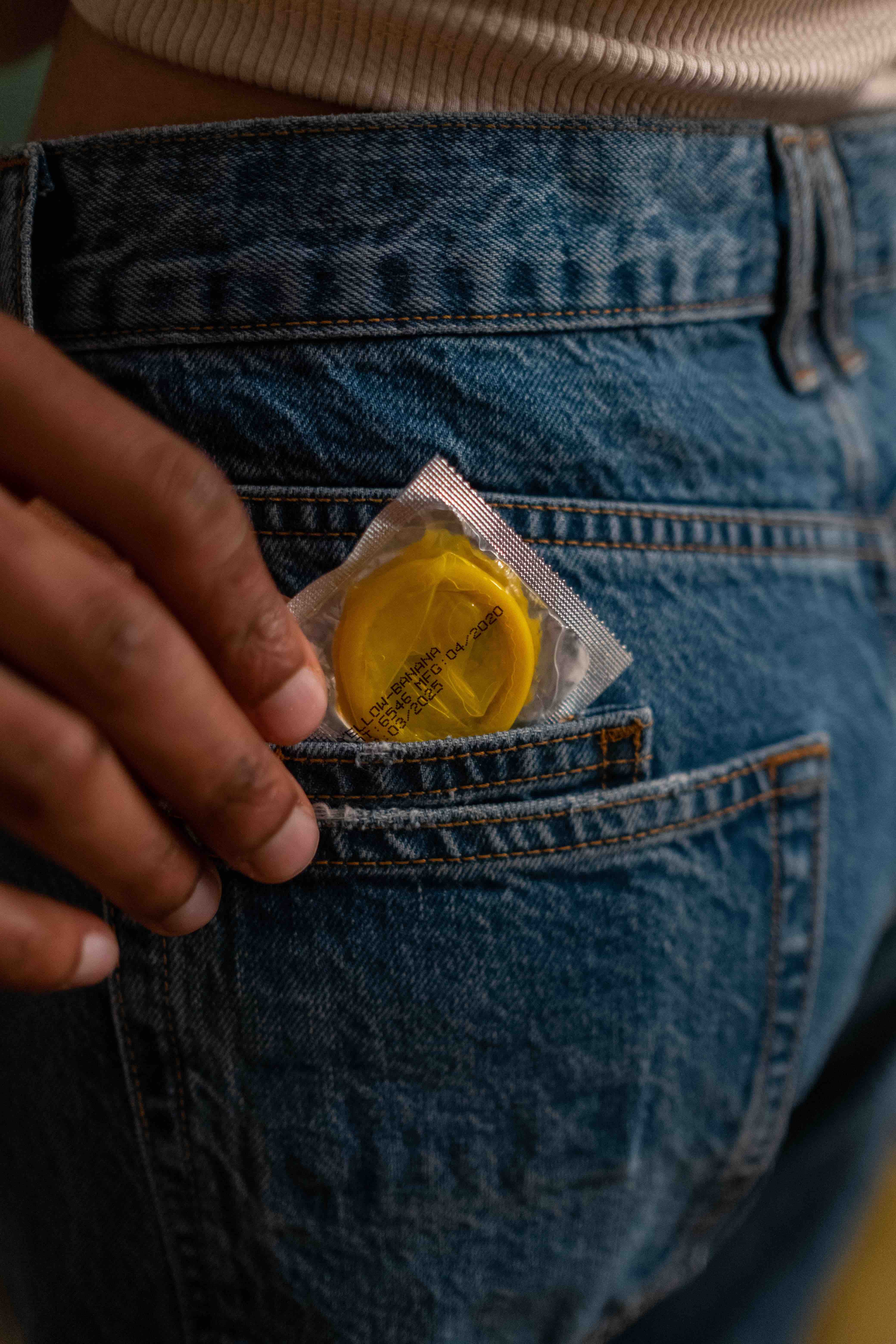
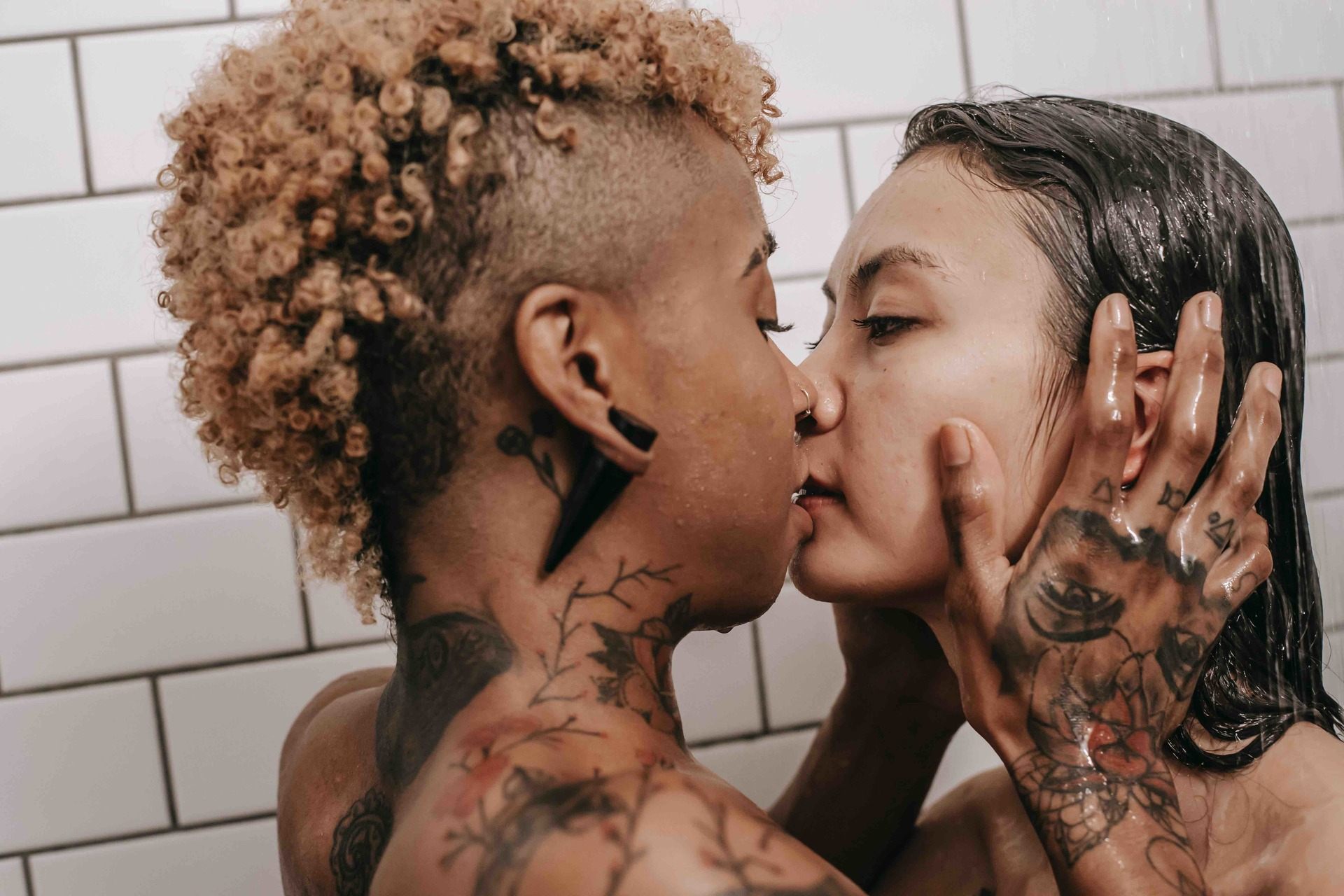
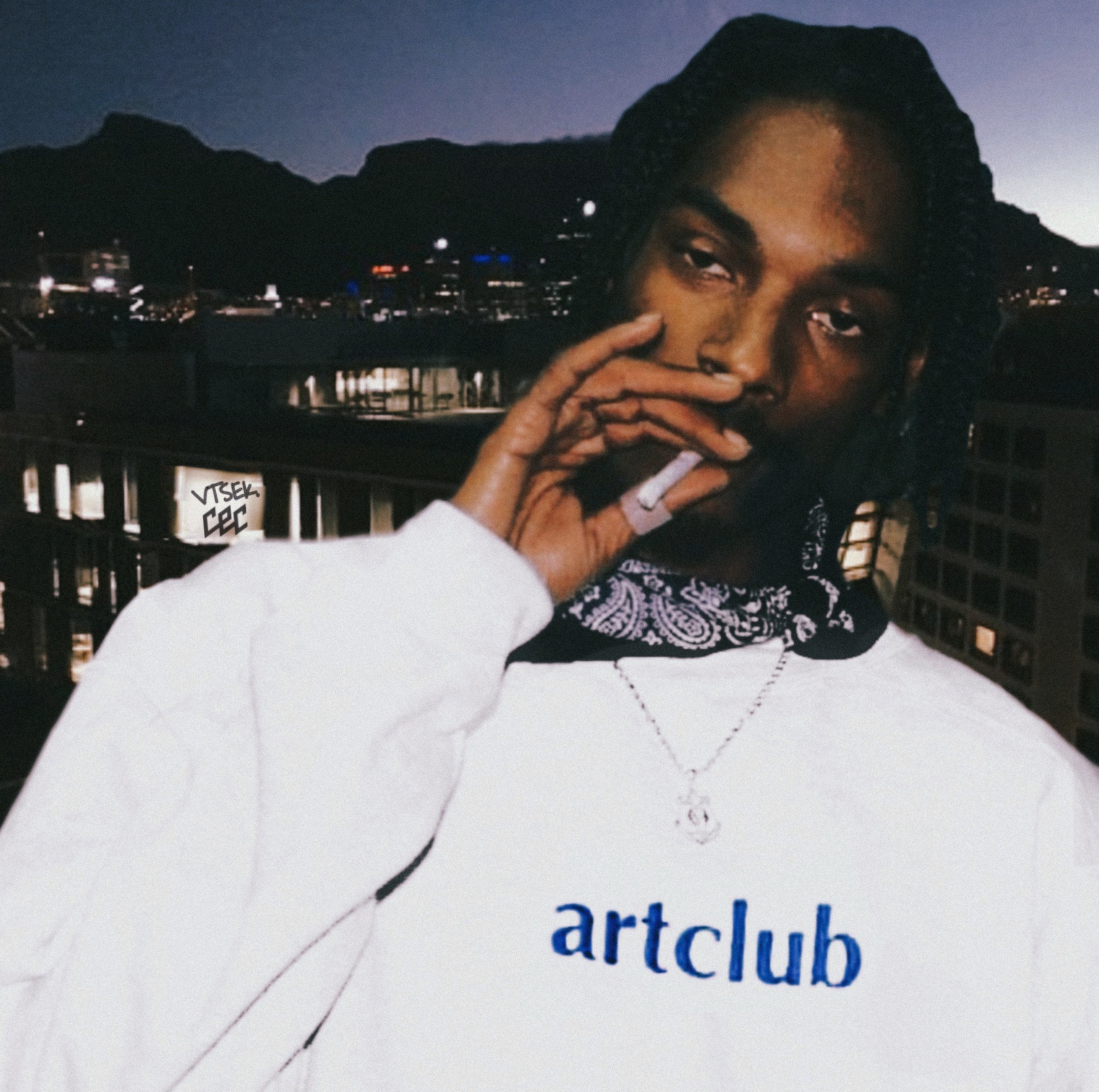


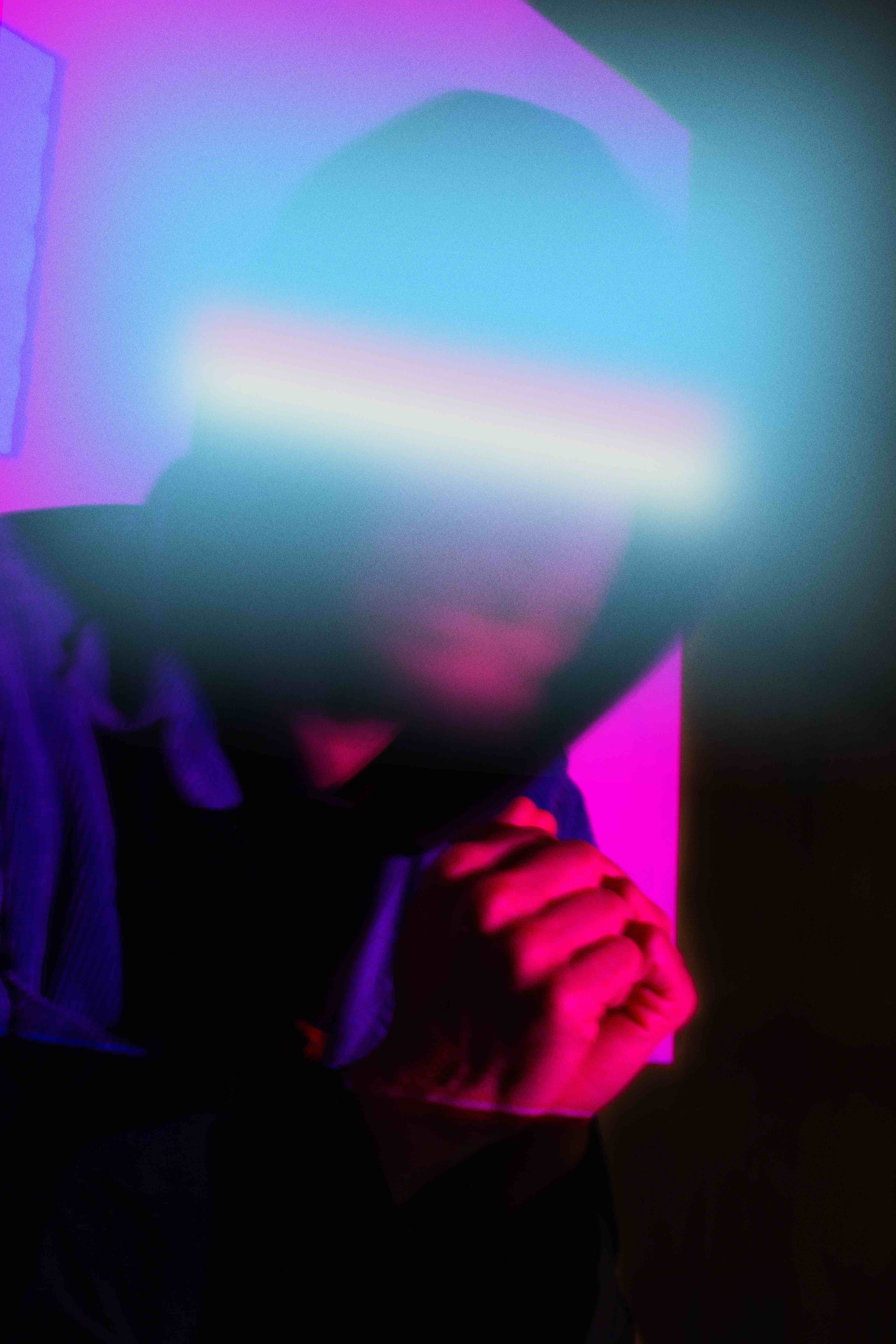
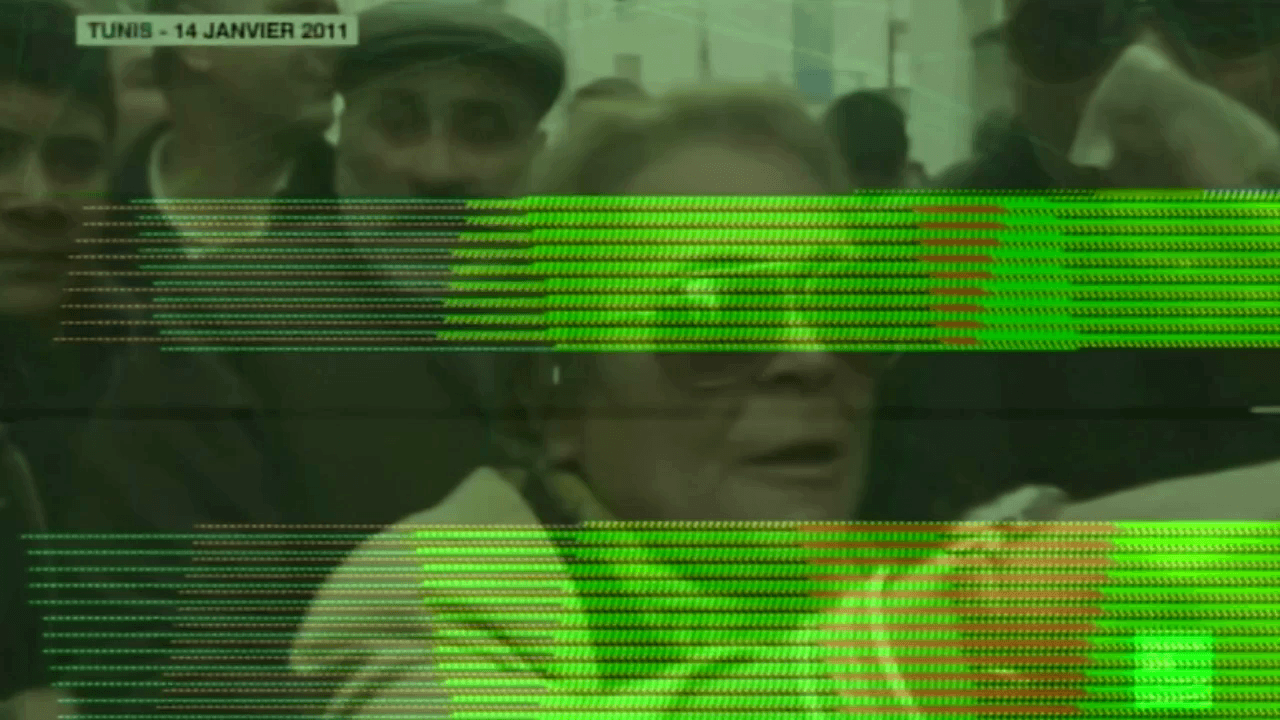
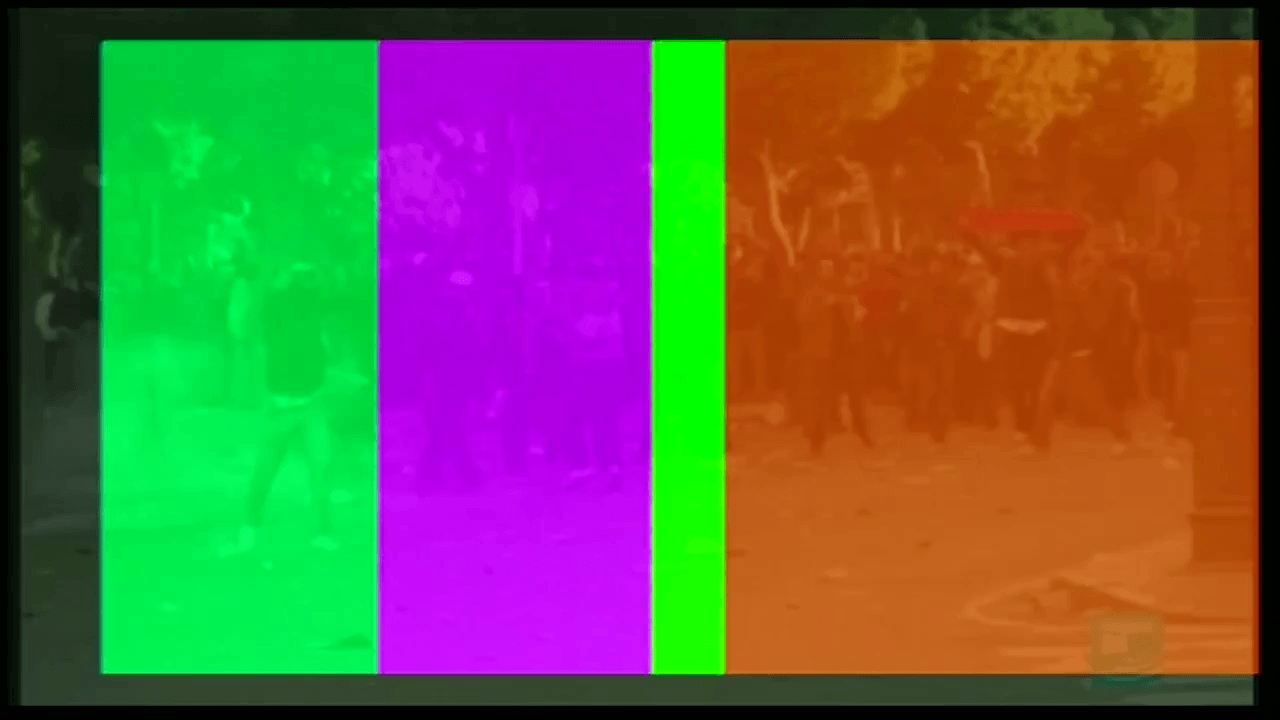
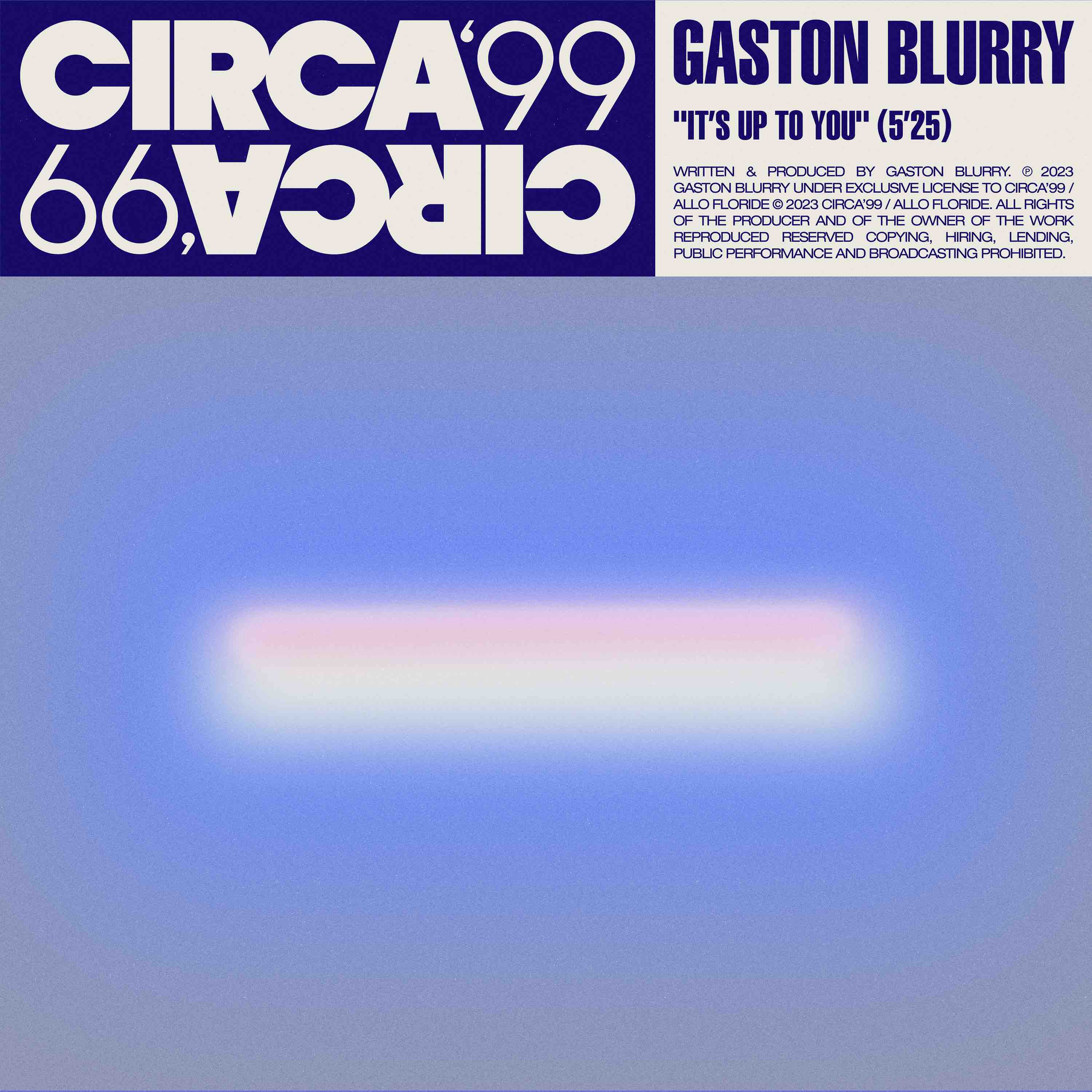
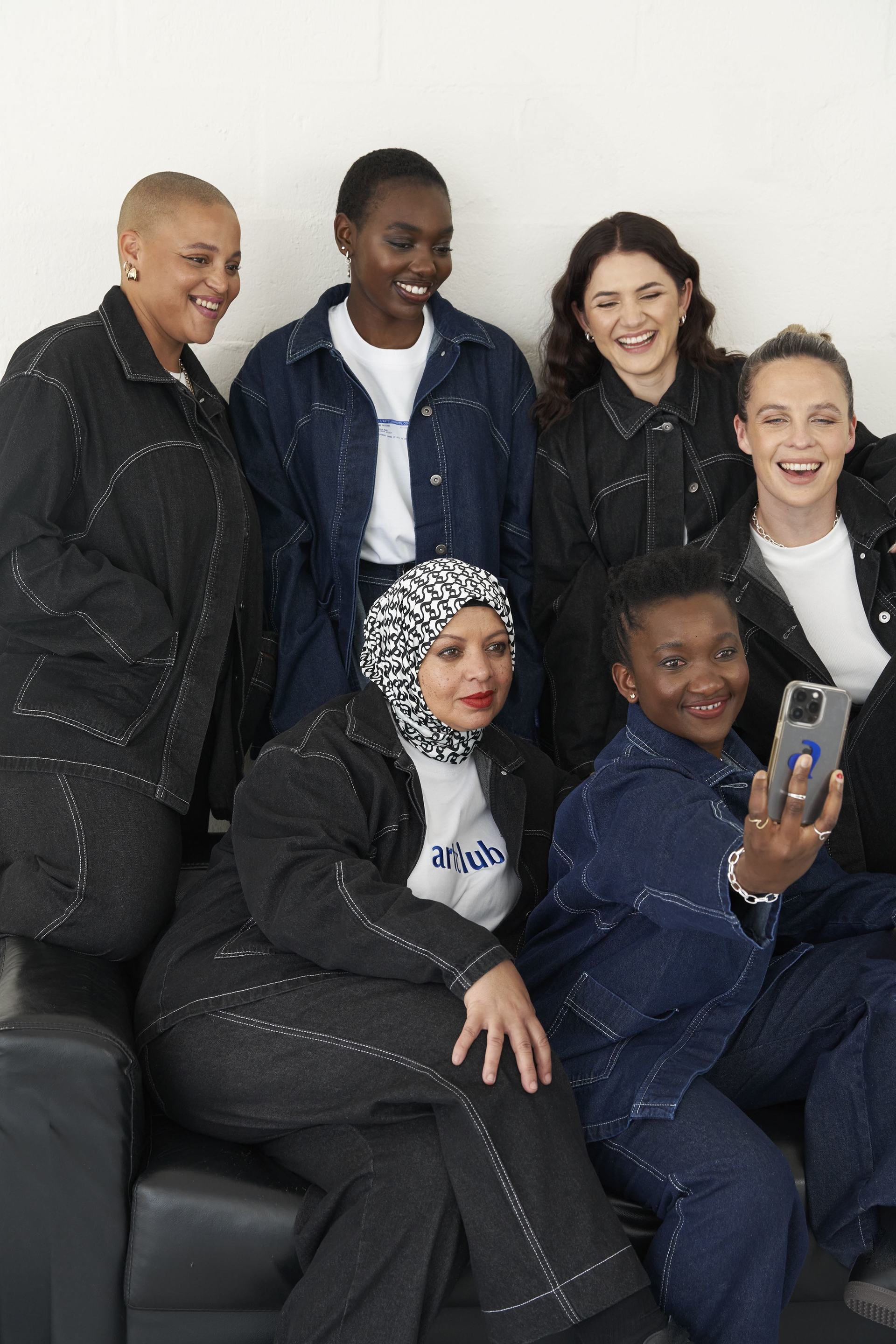
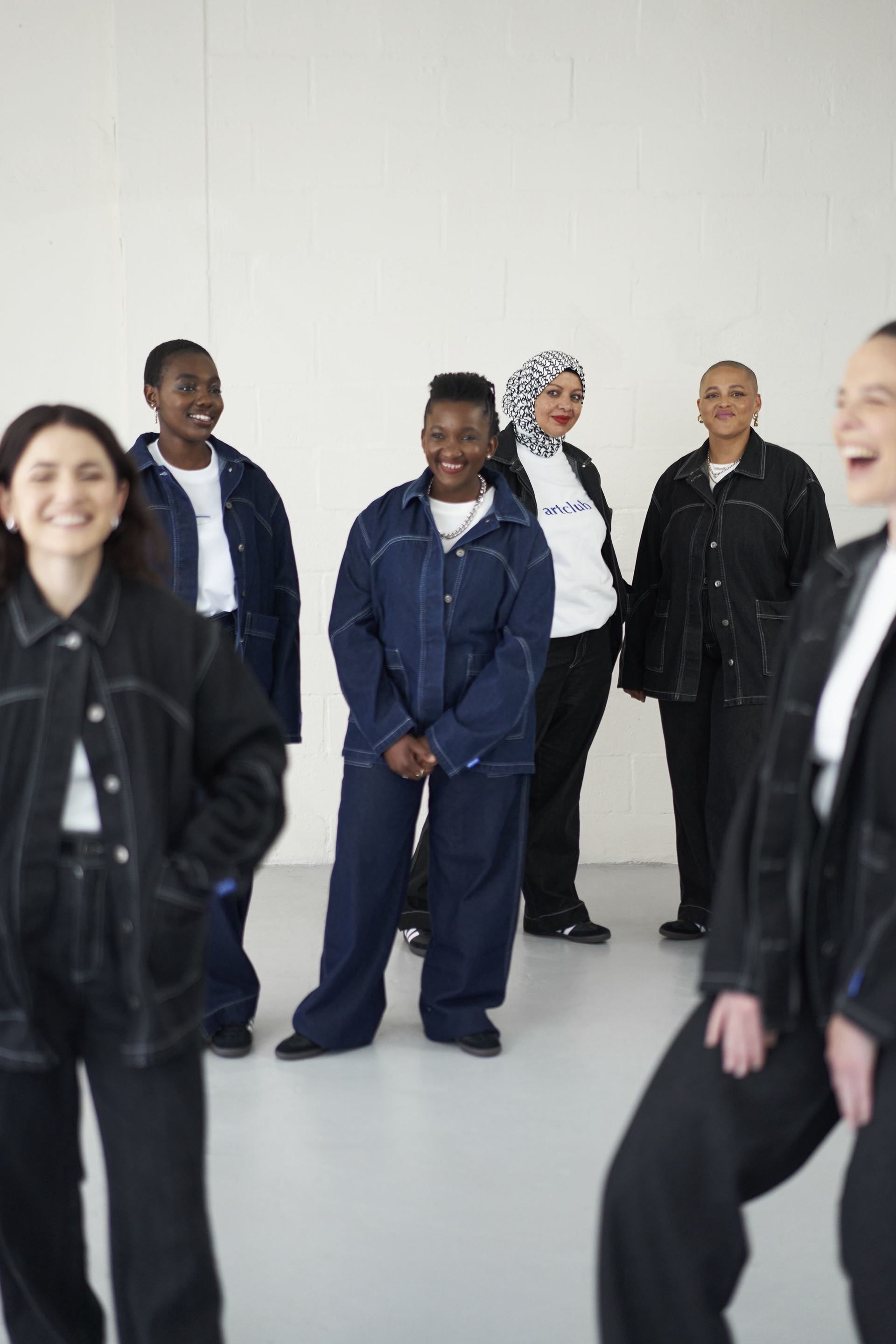
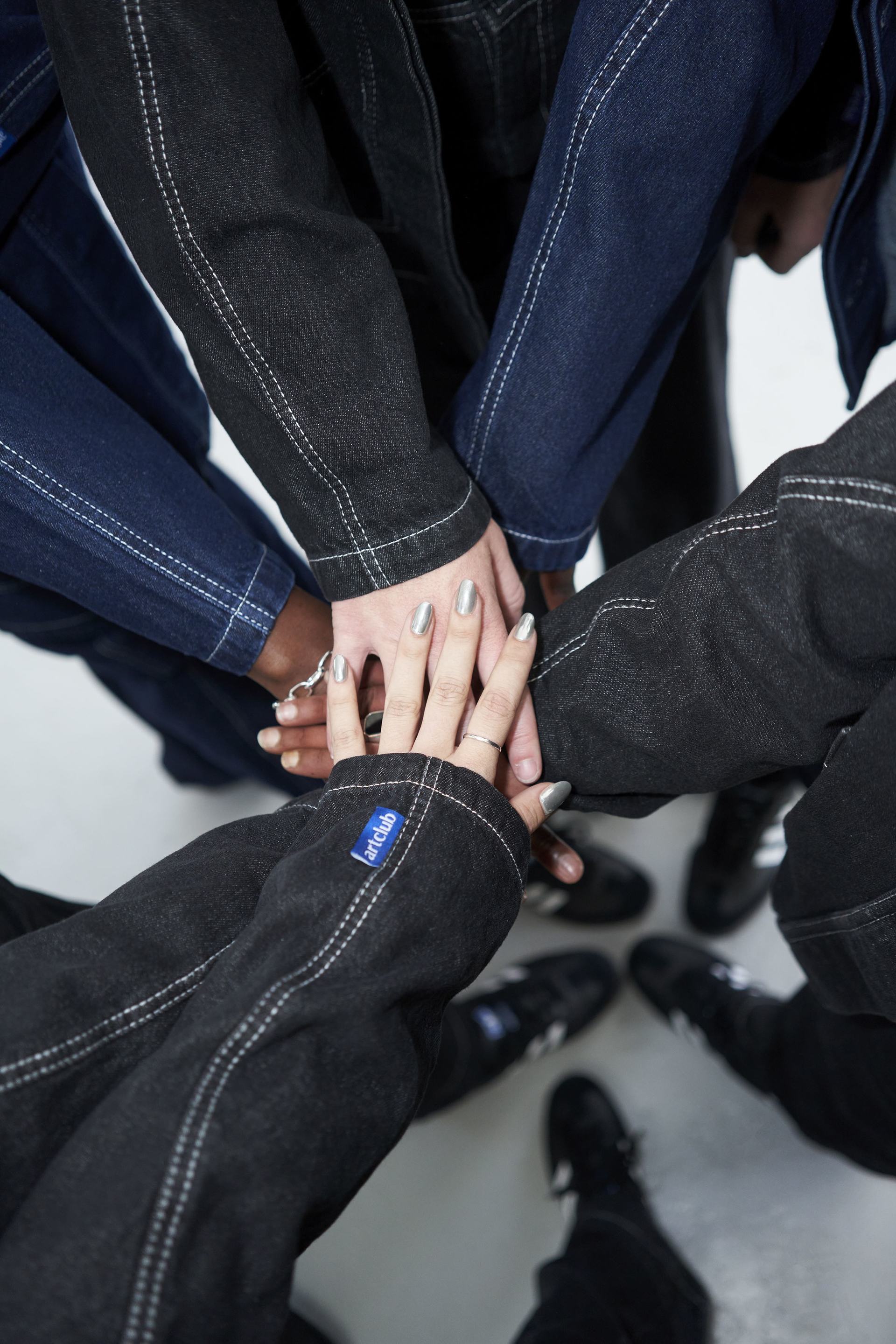

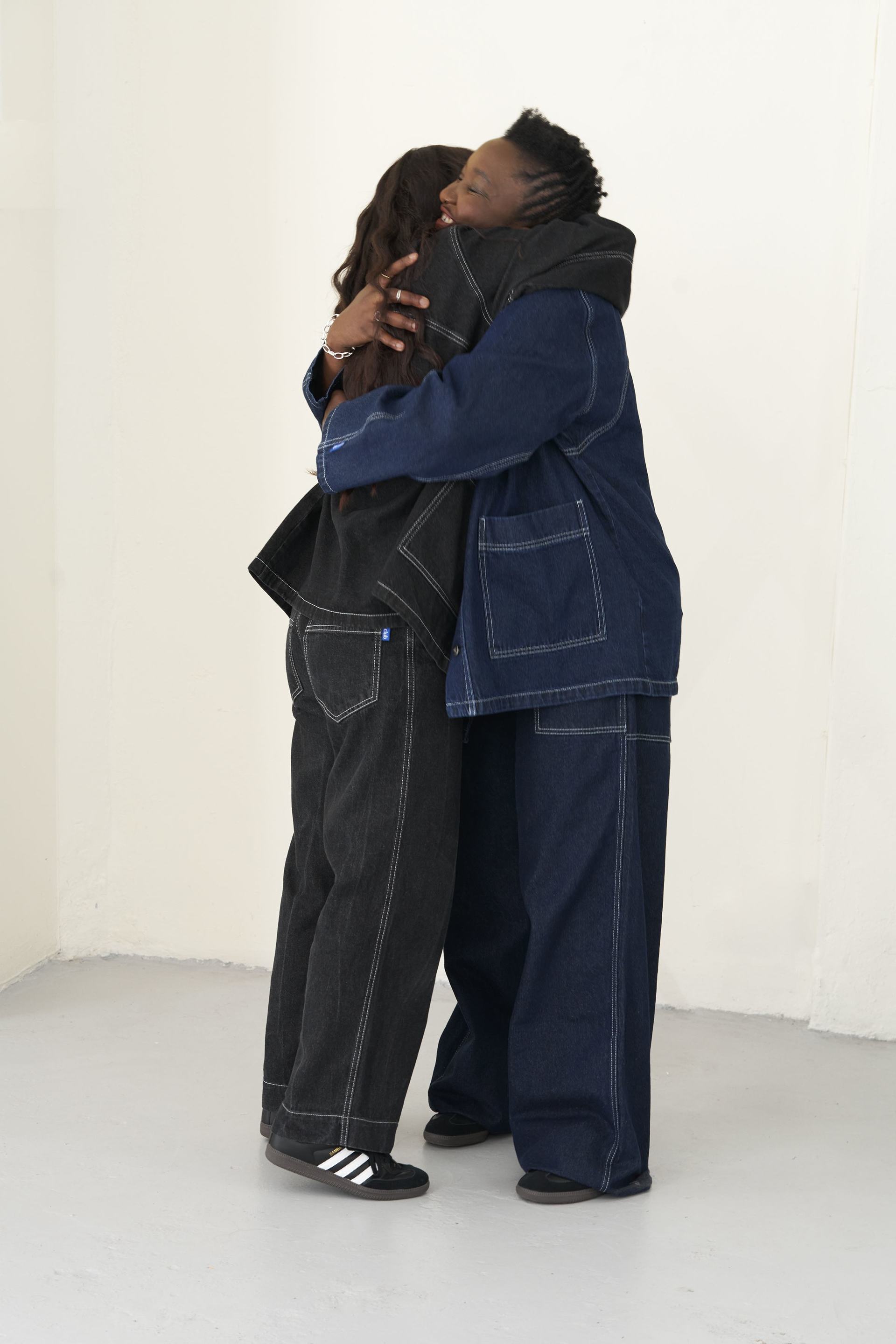
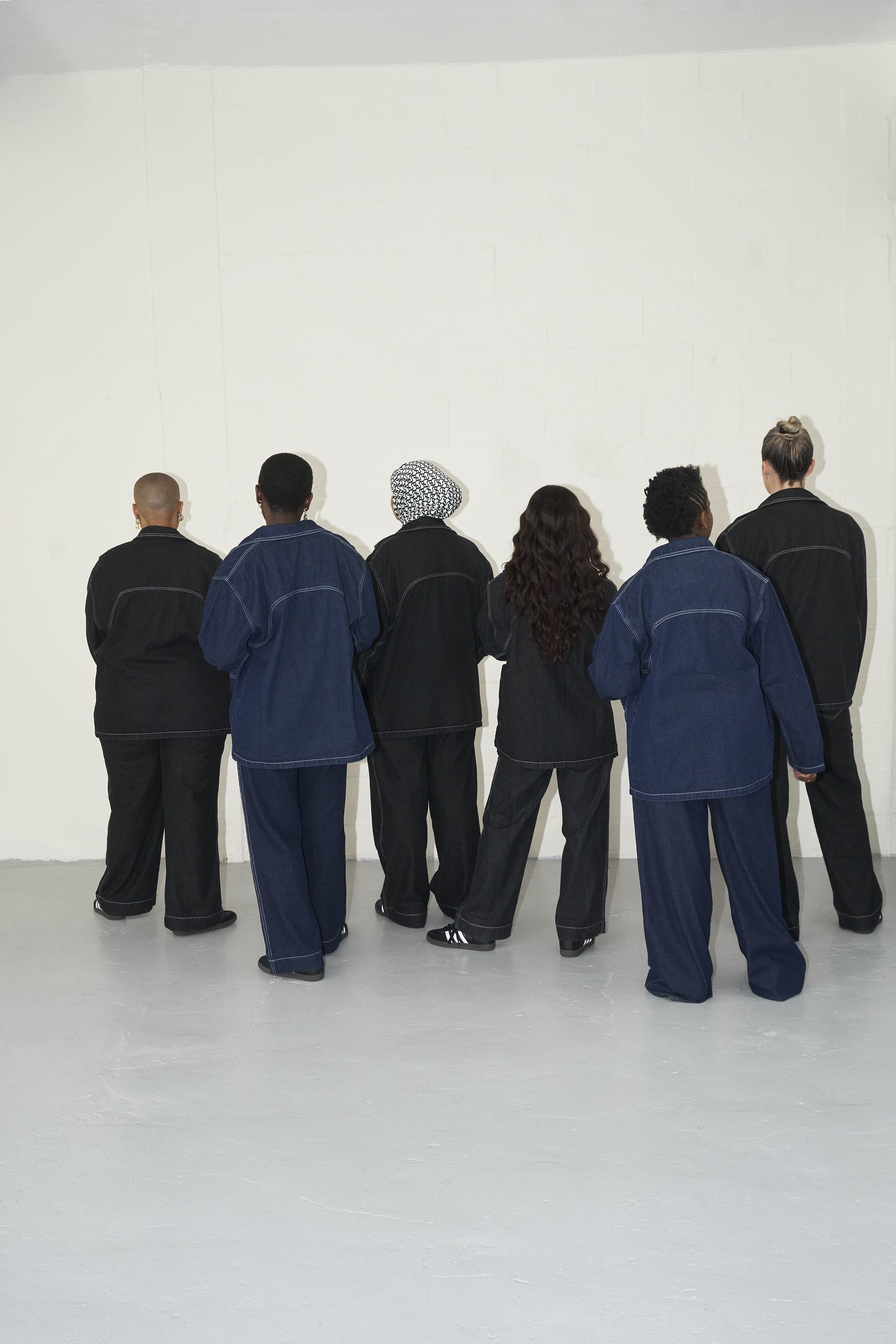
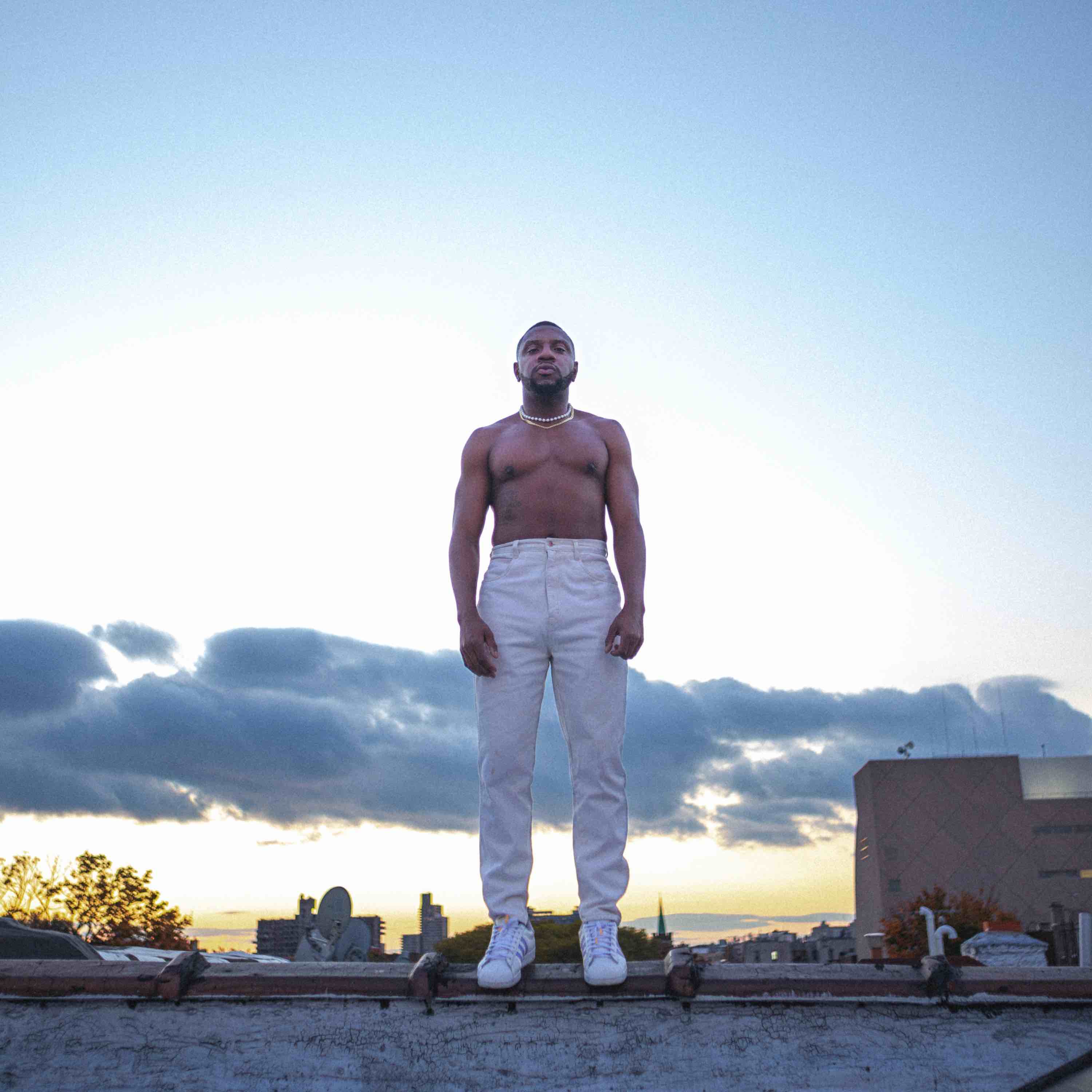
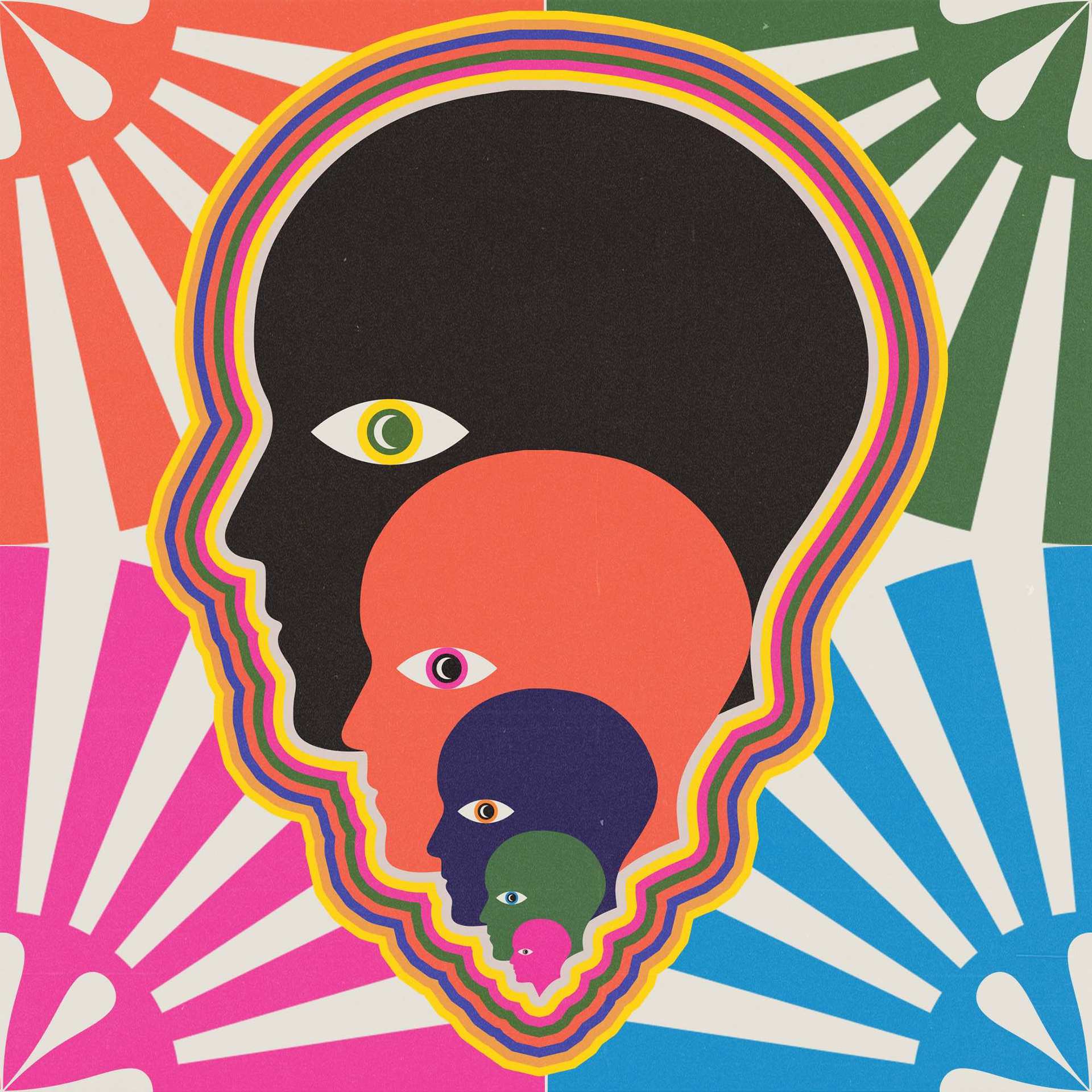

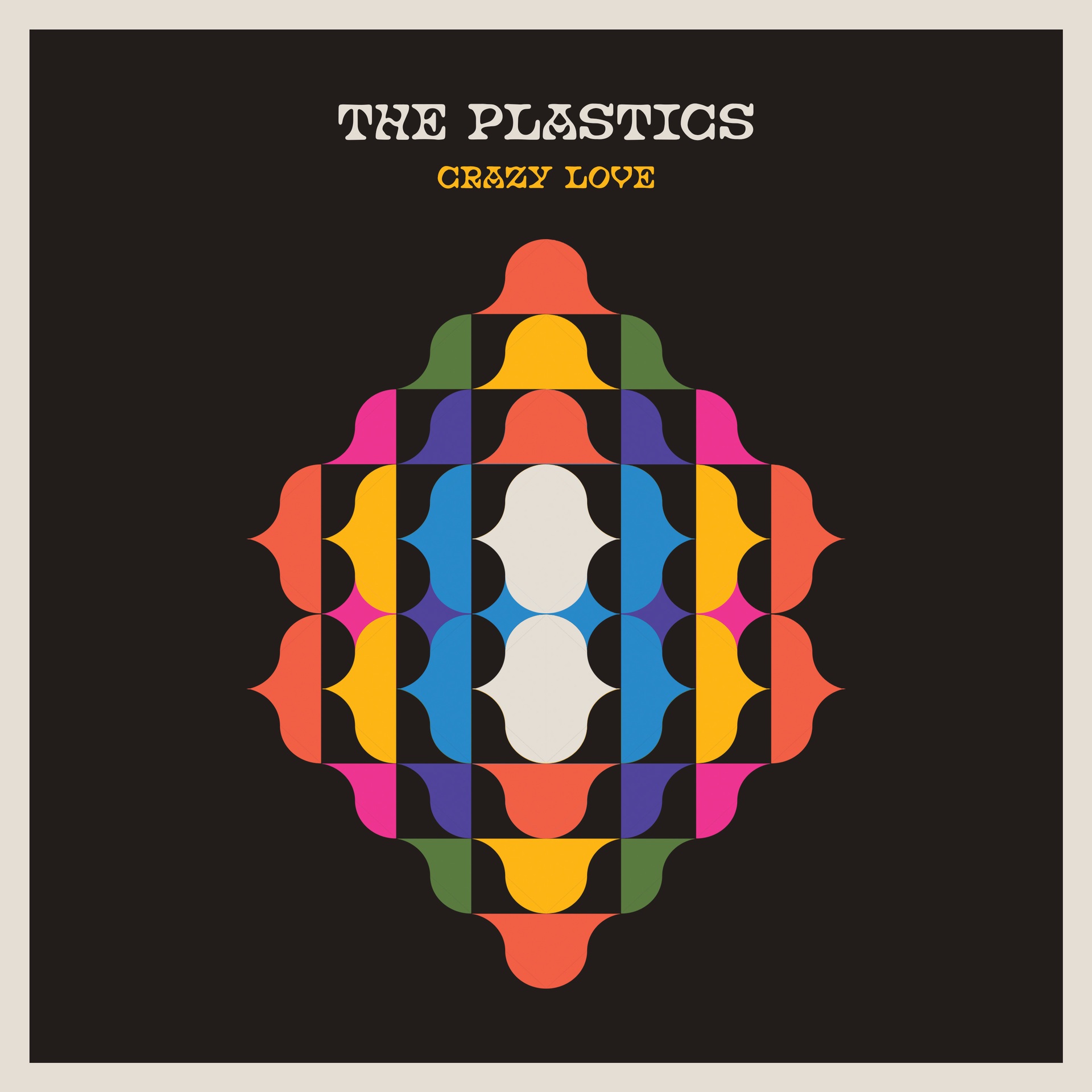

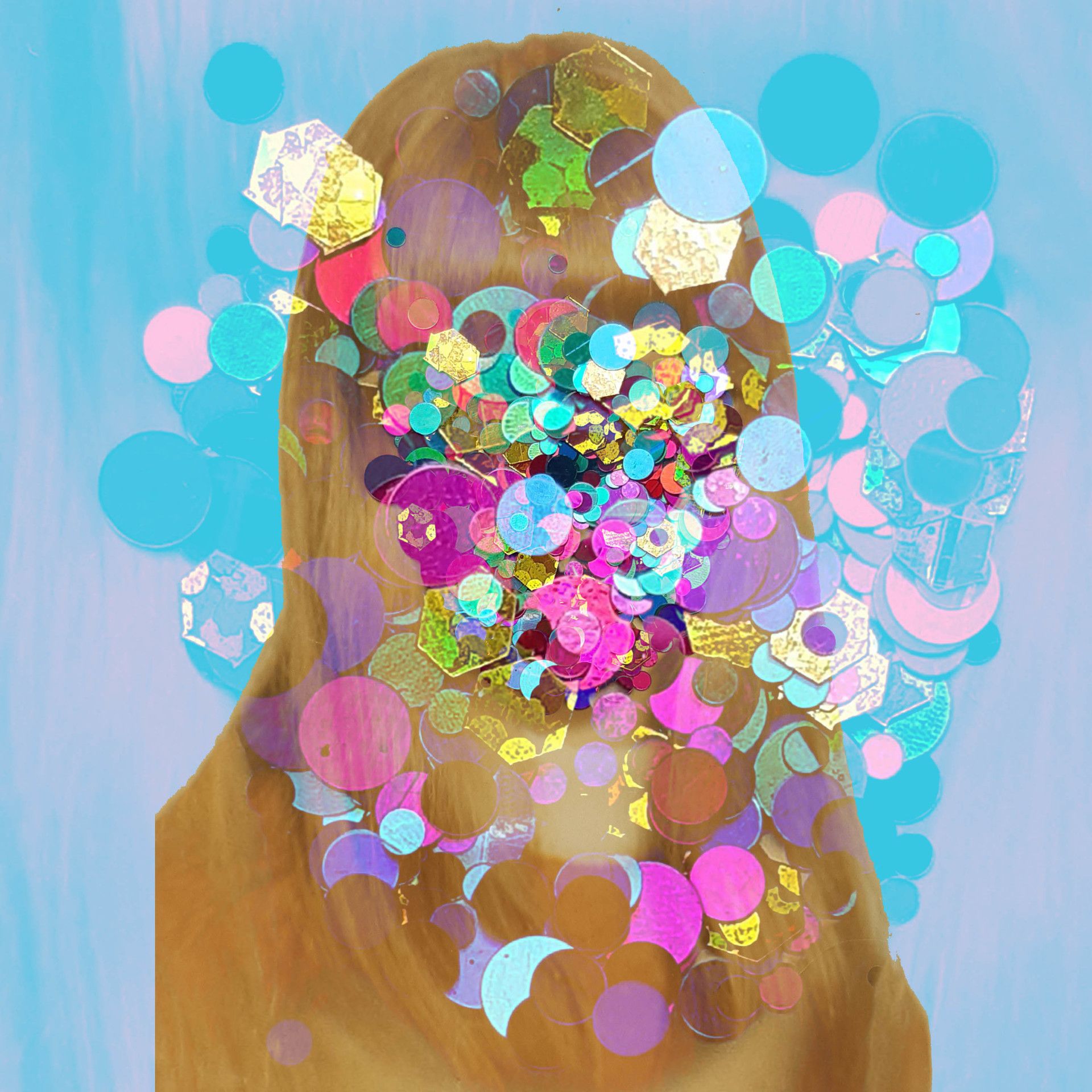
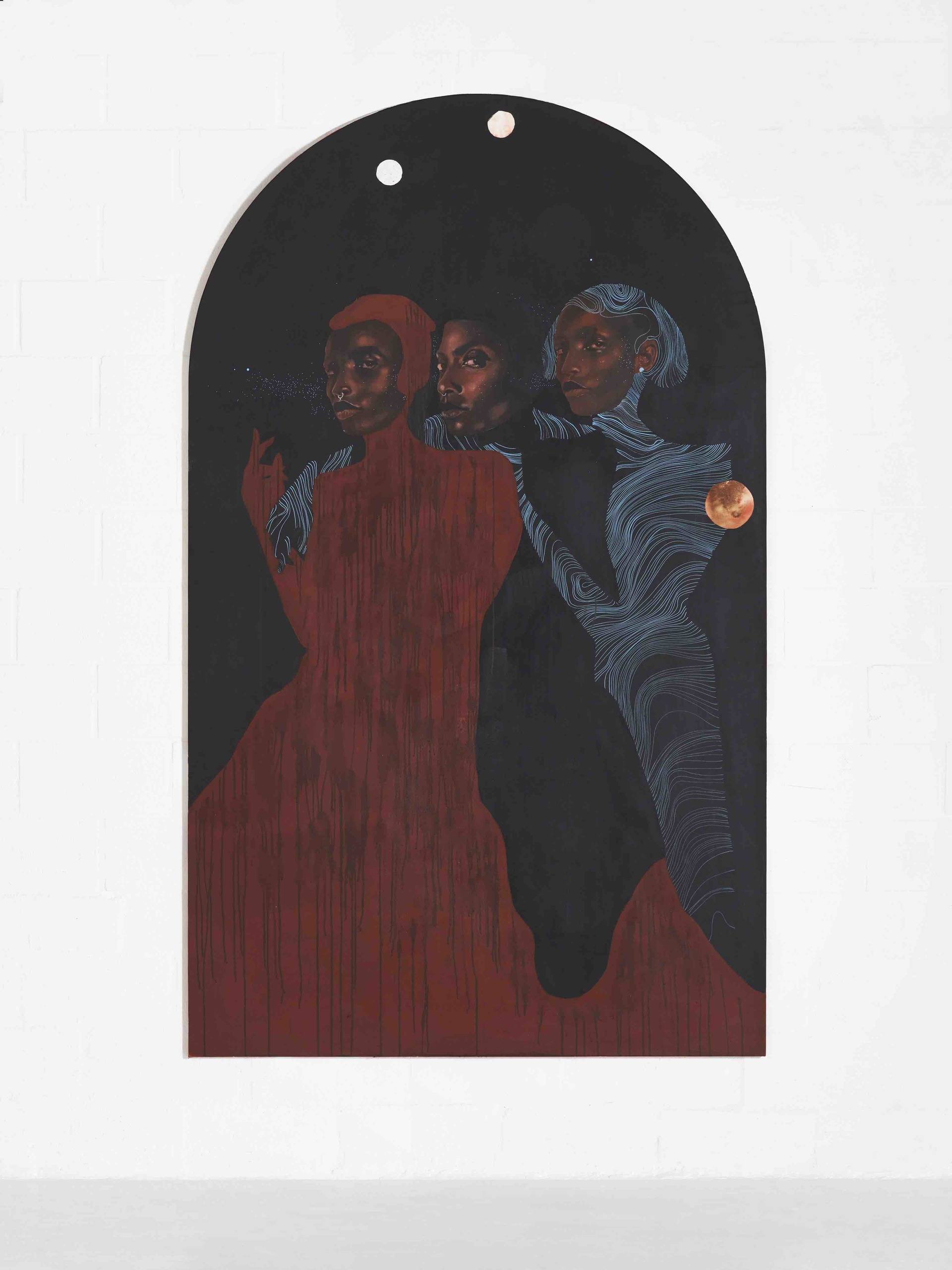
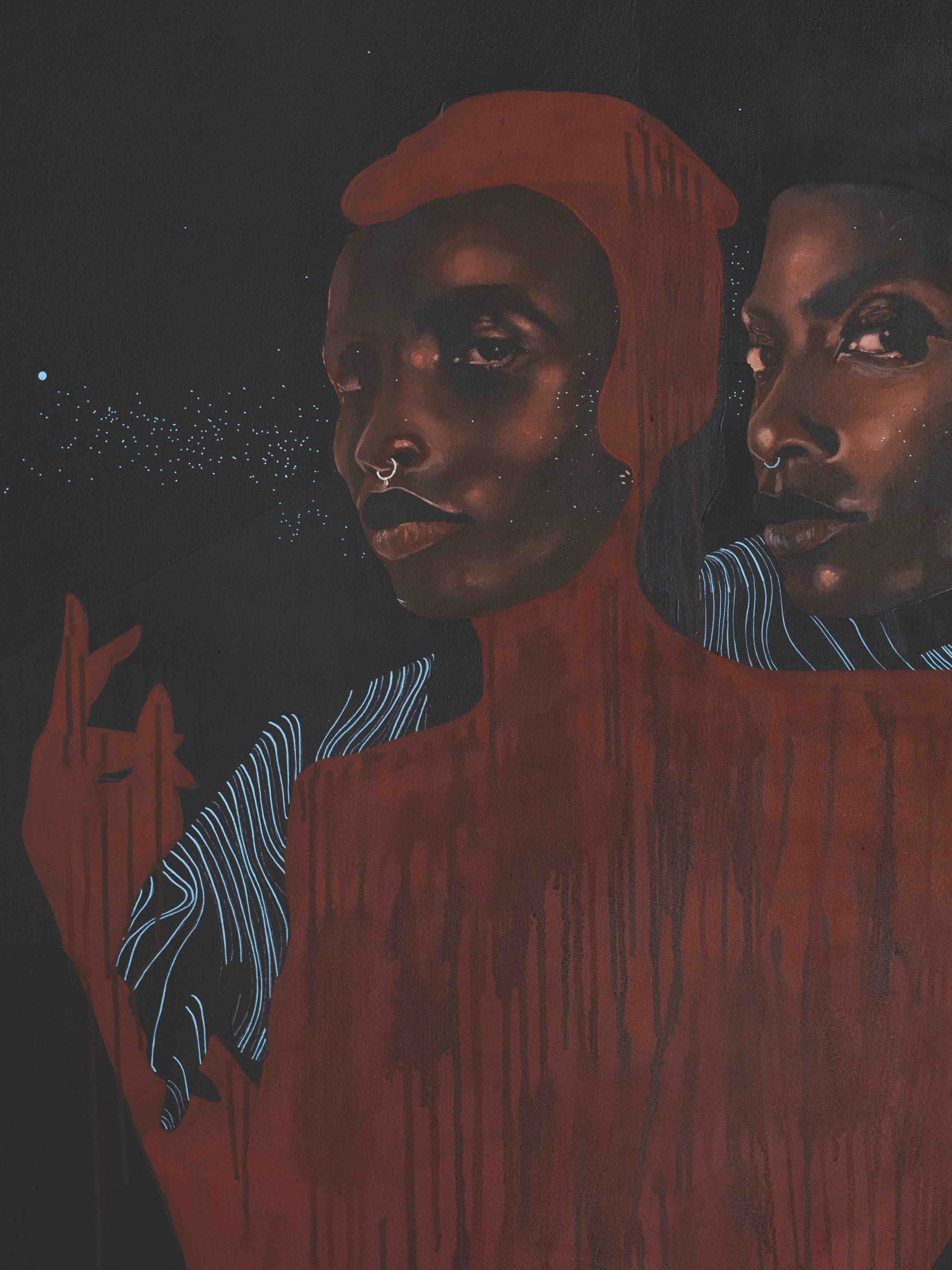
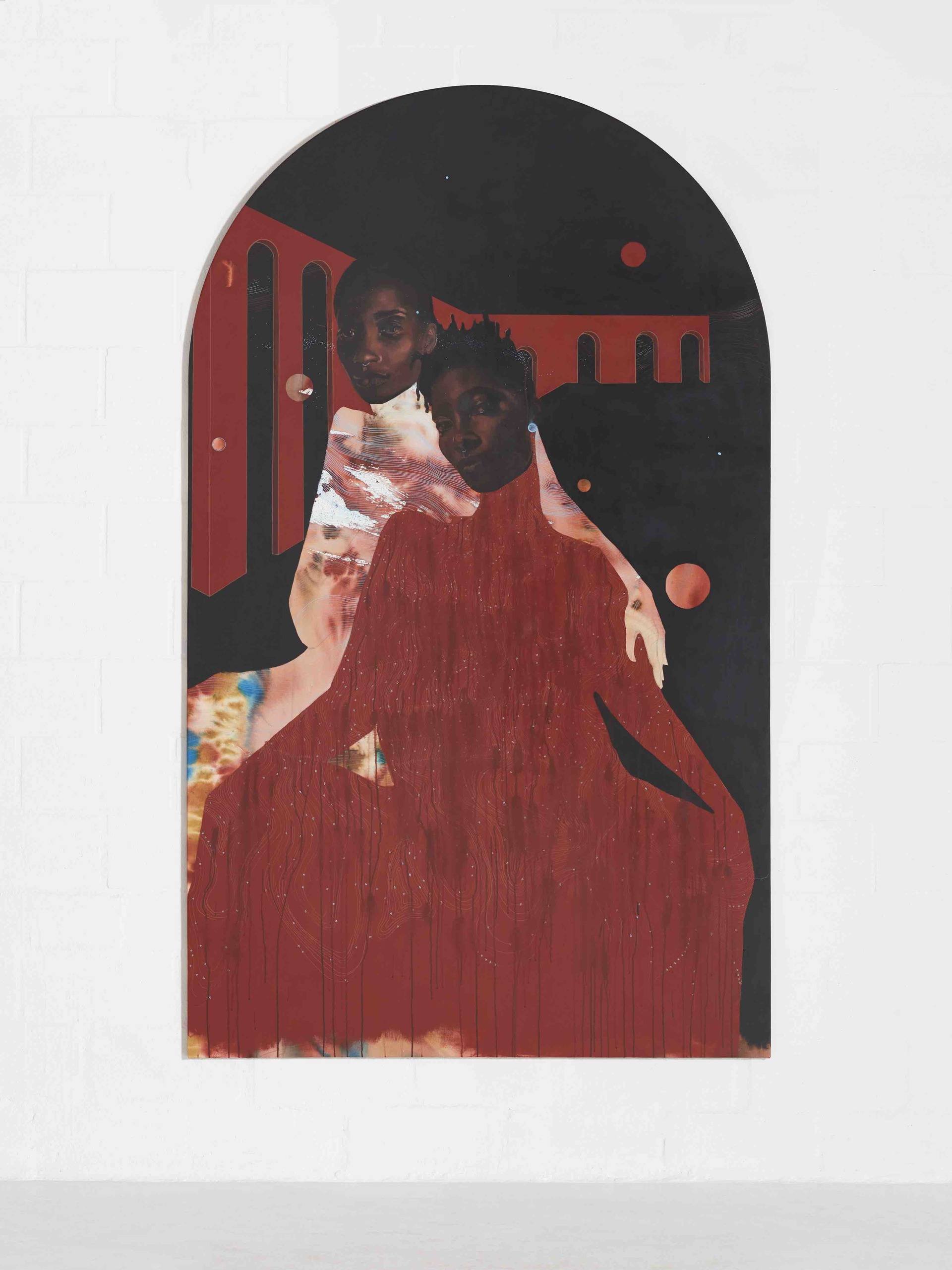
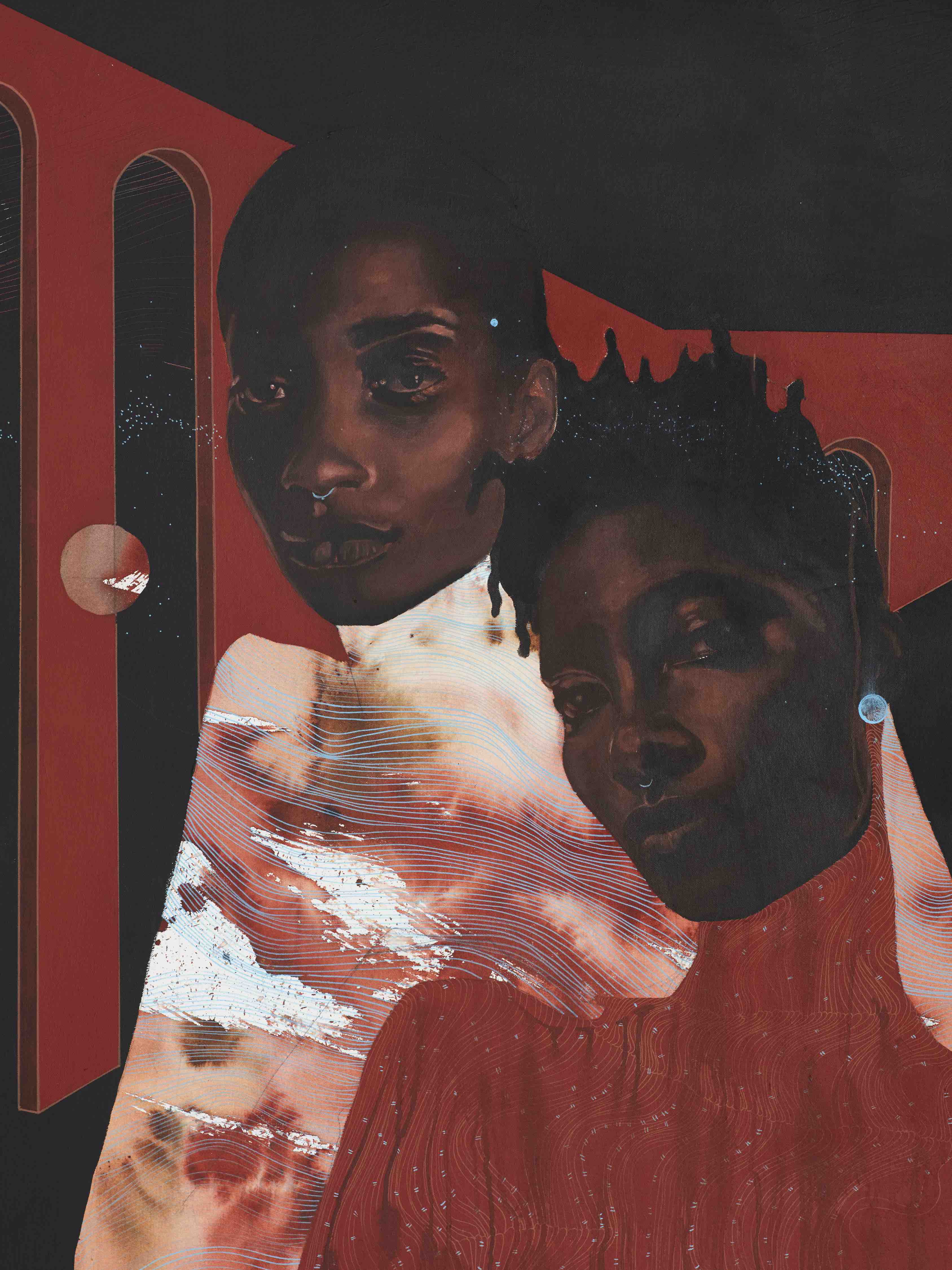


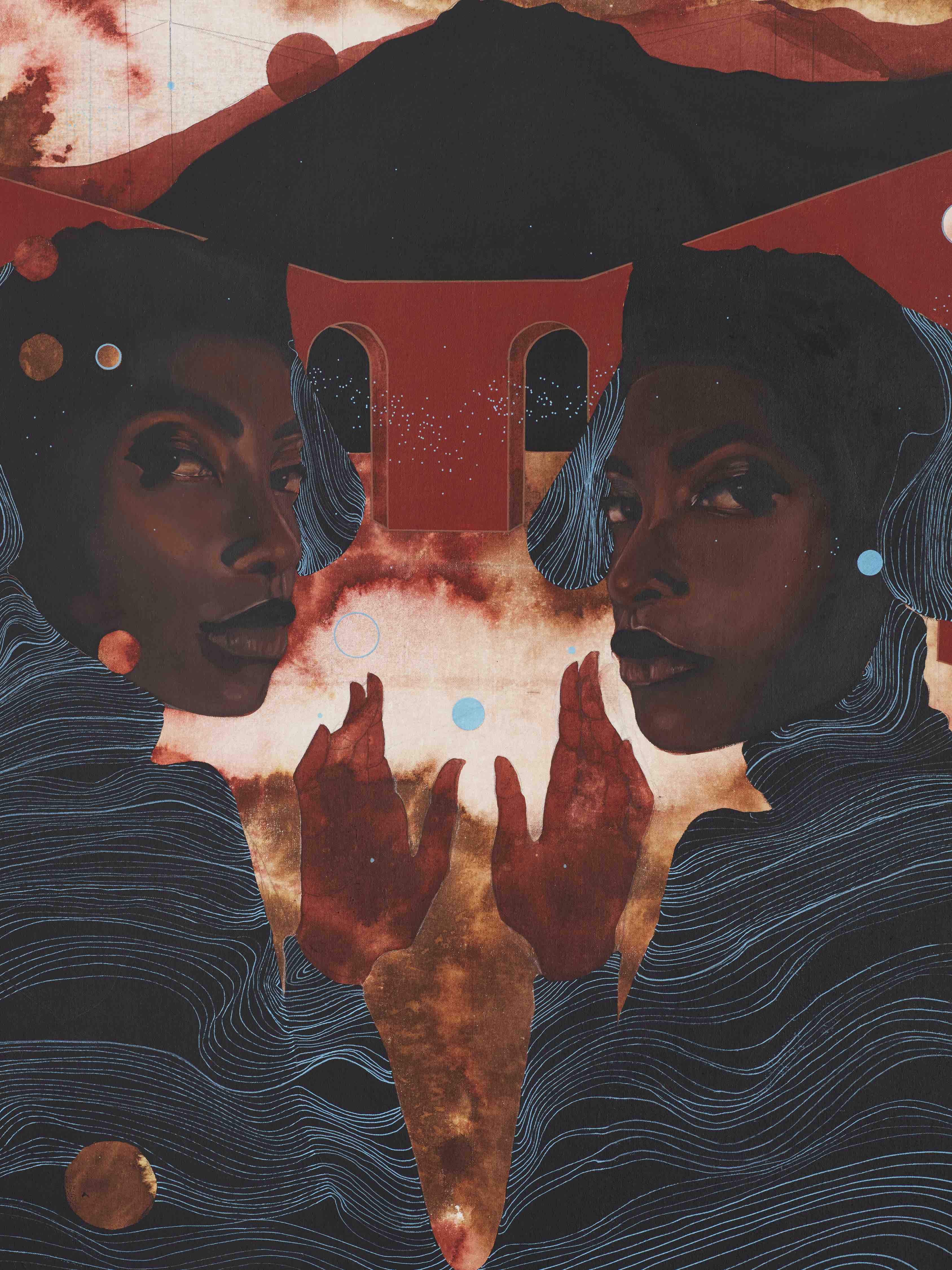
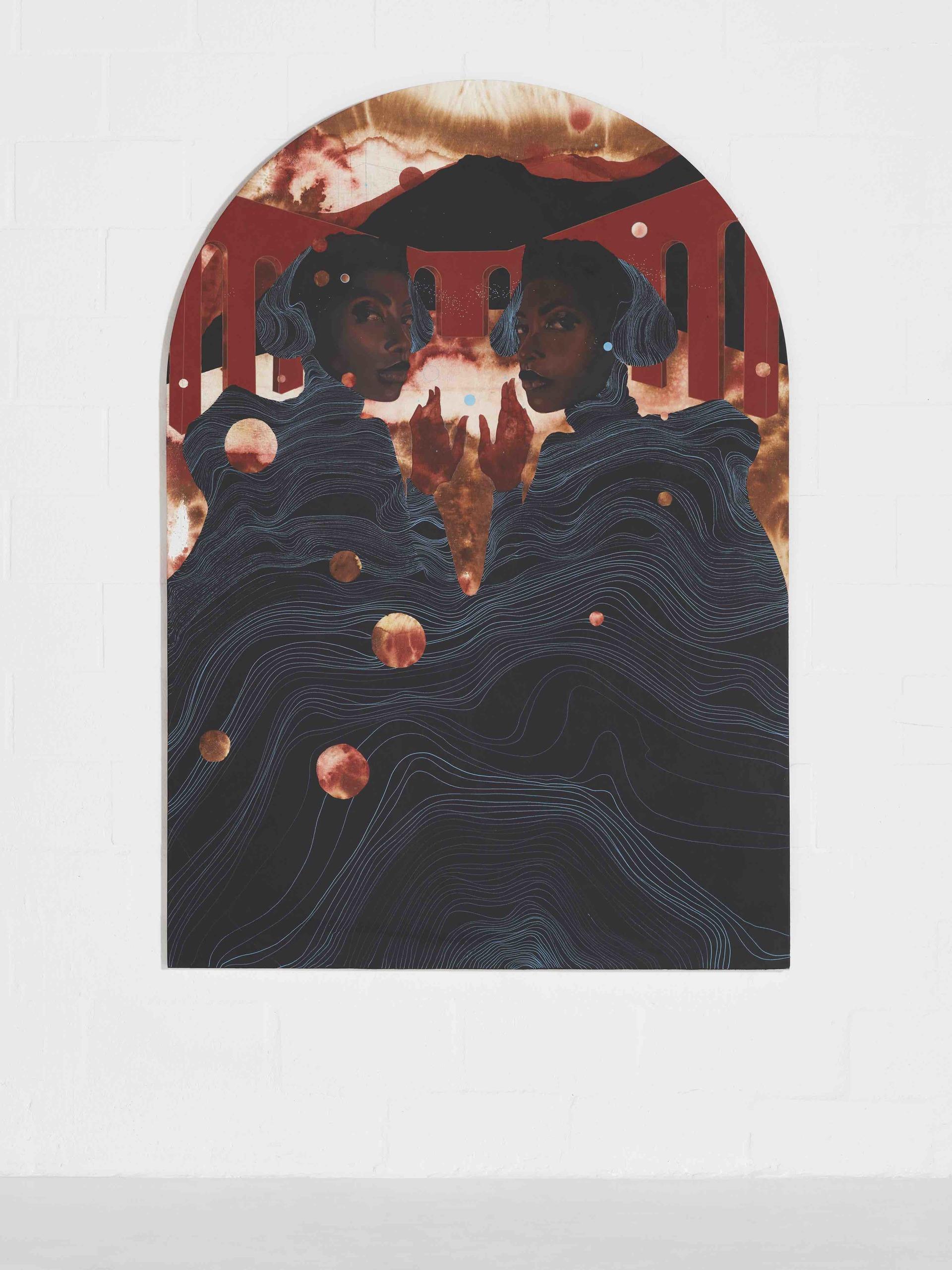


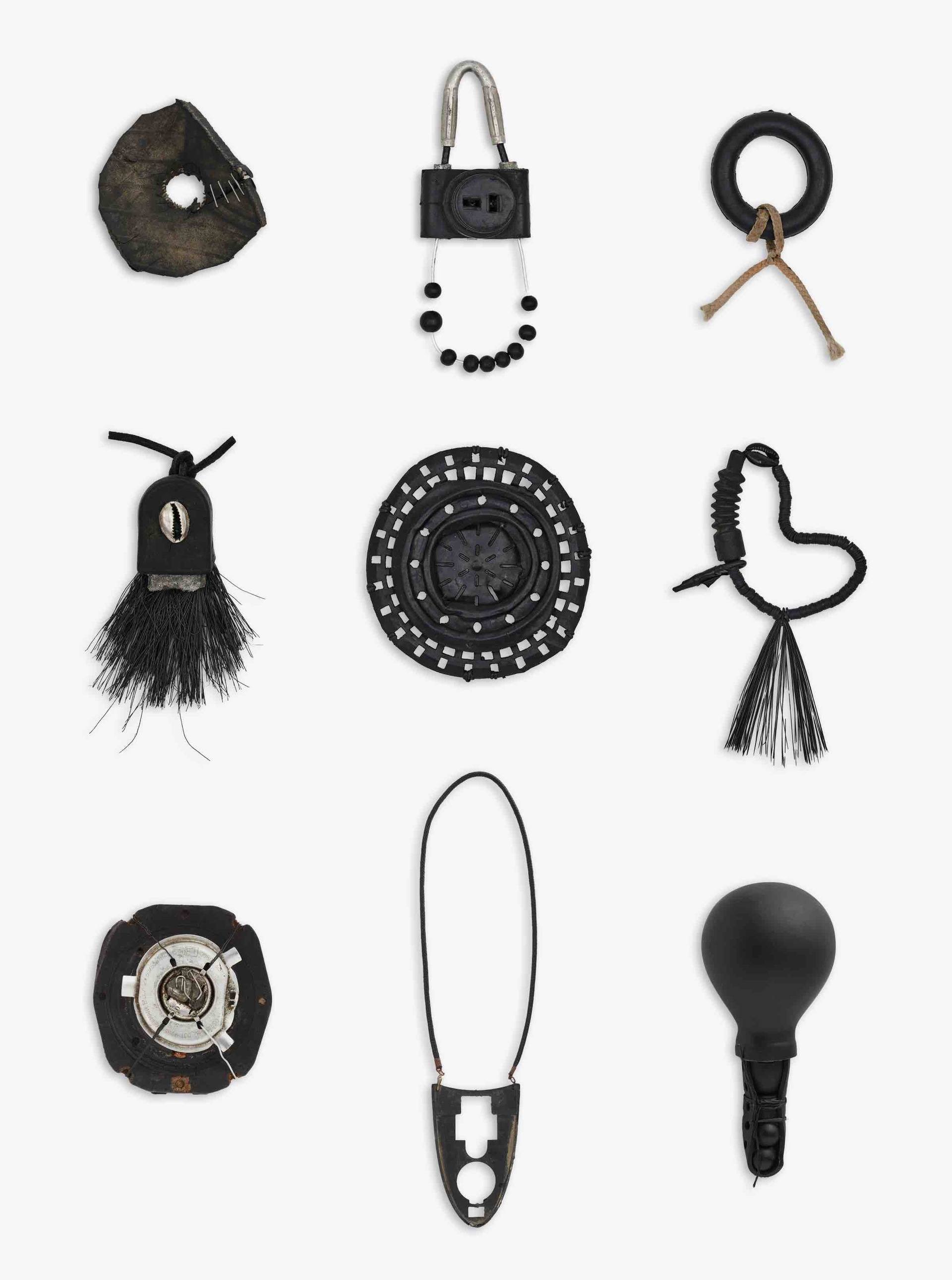
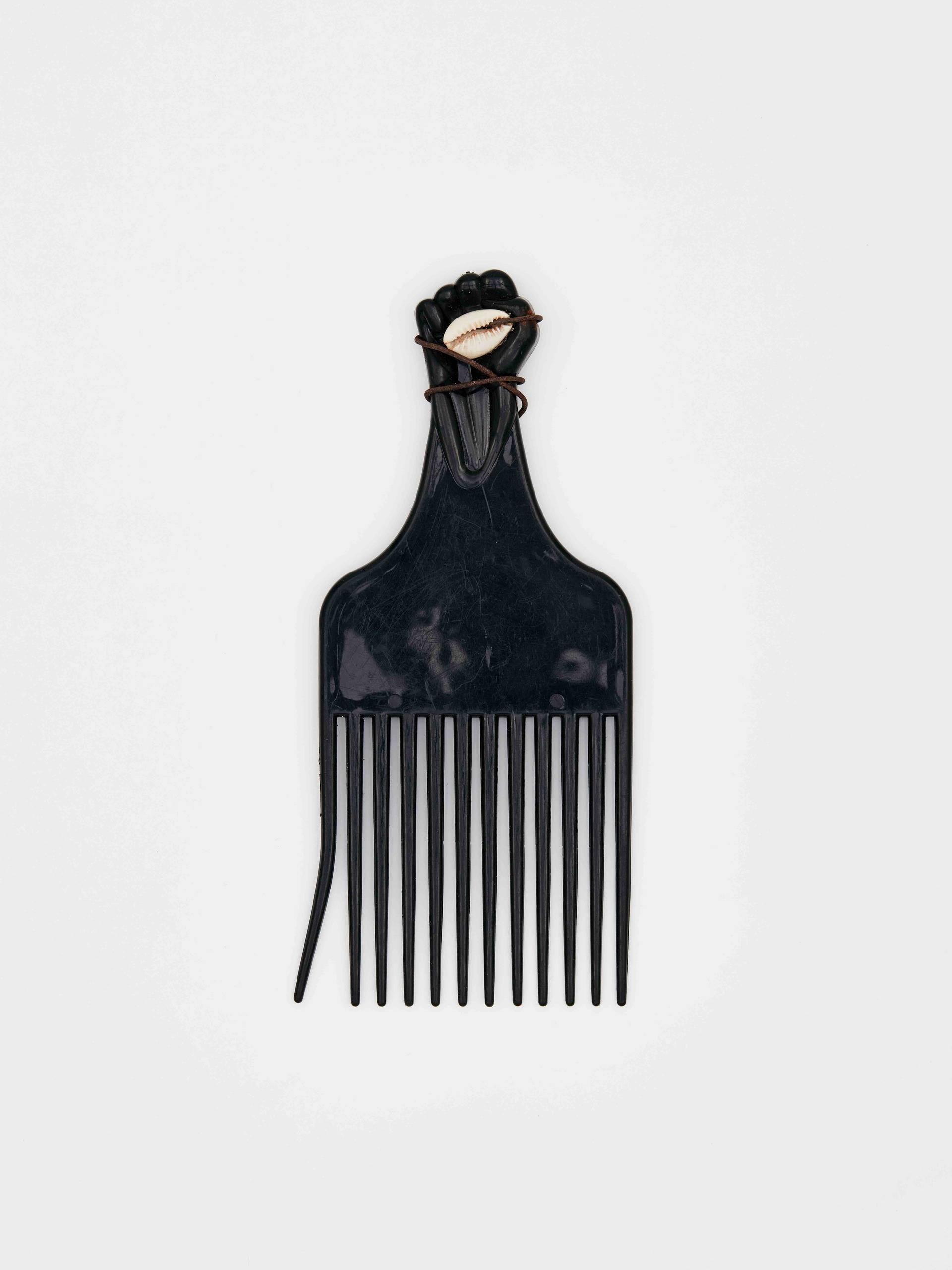
Recent Comments